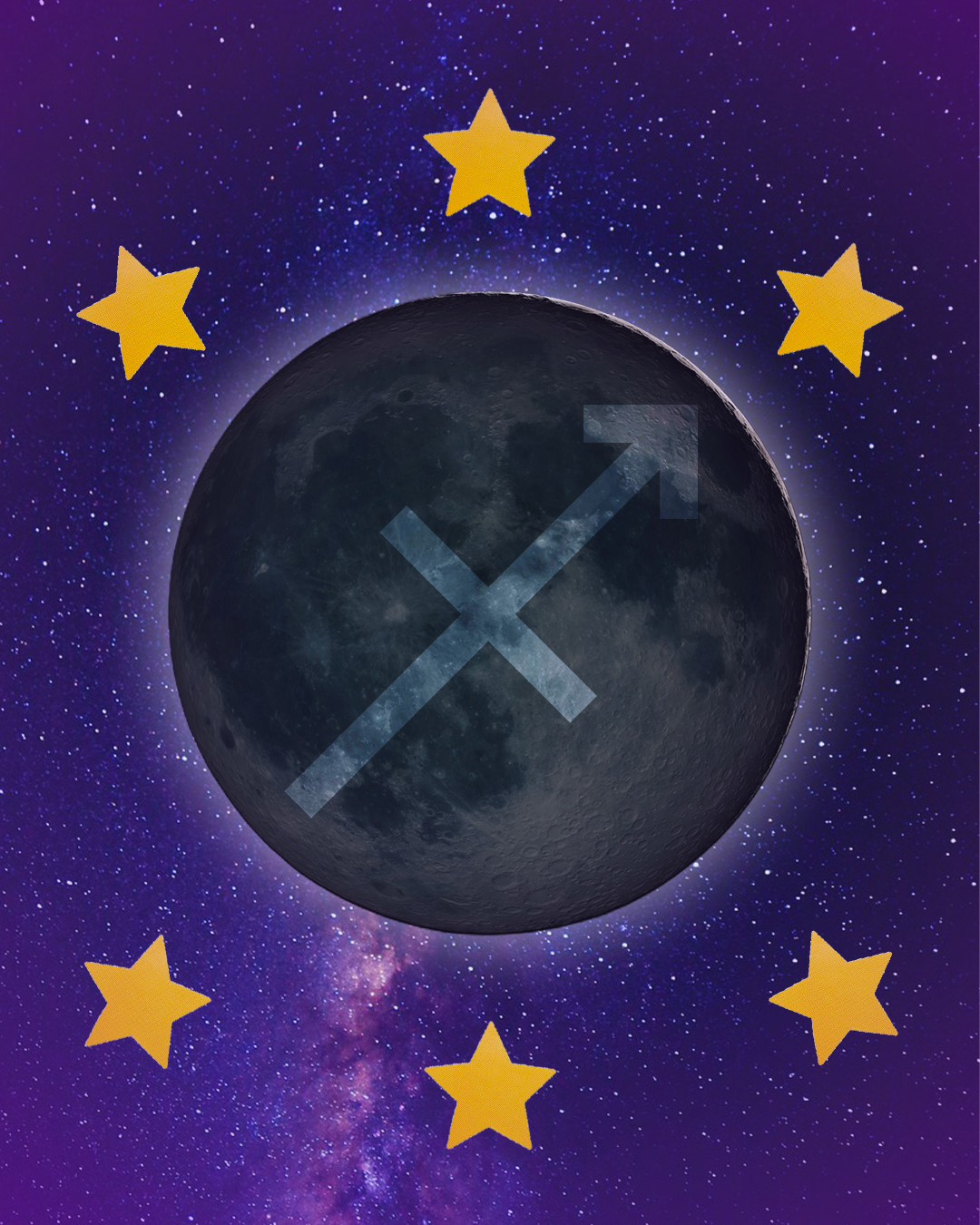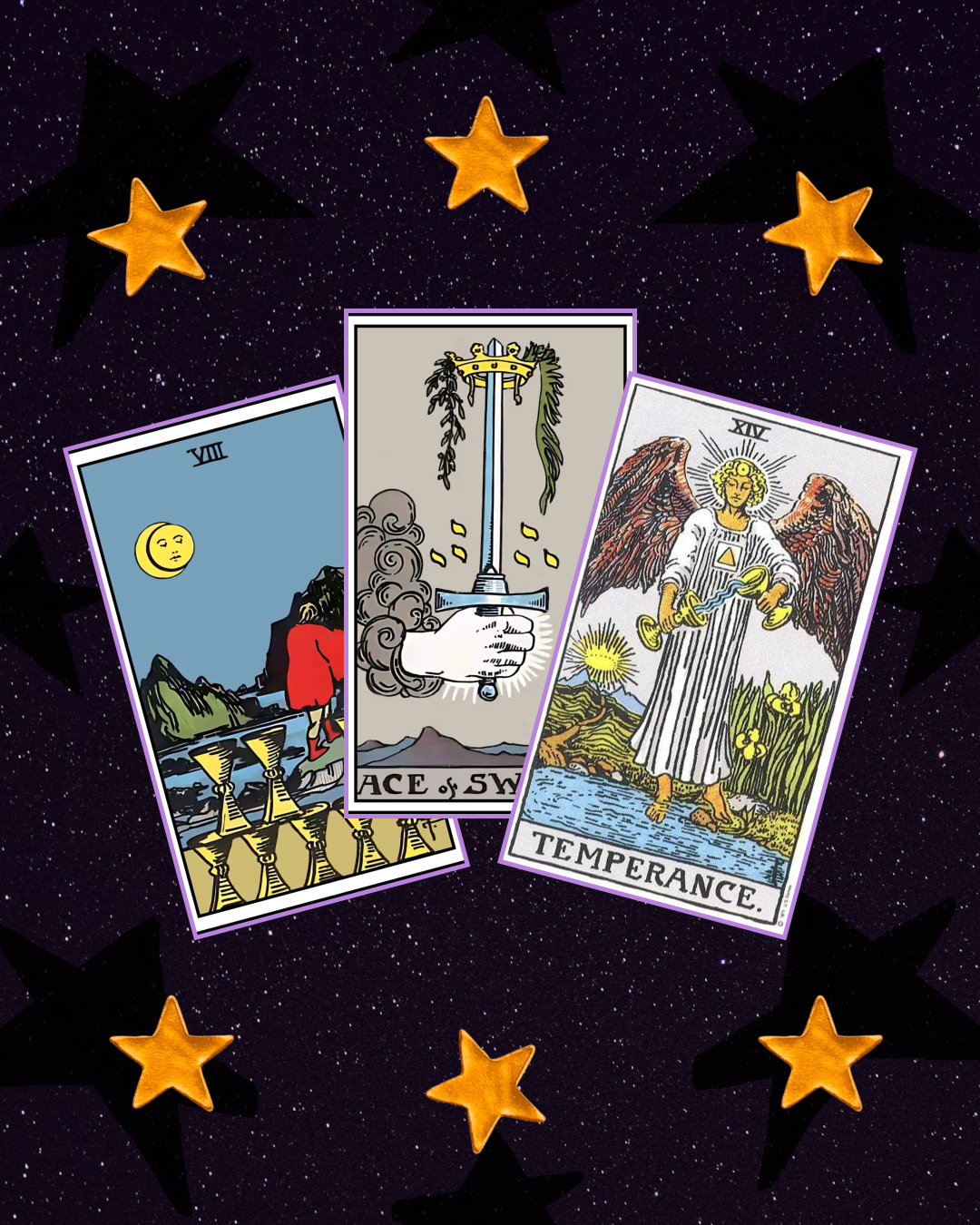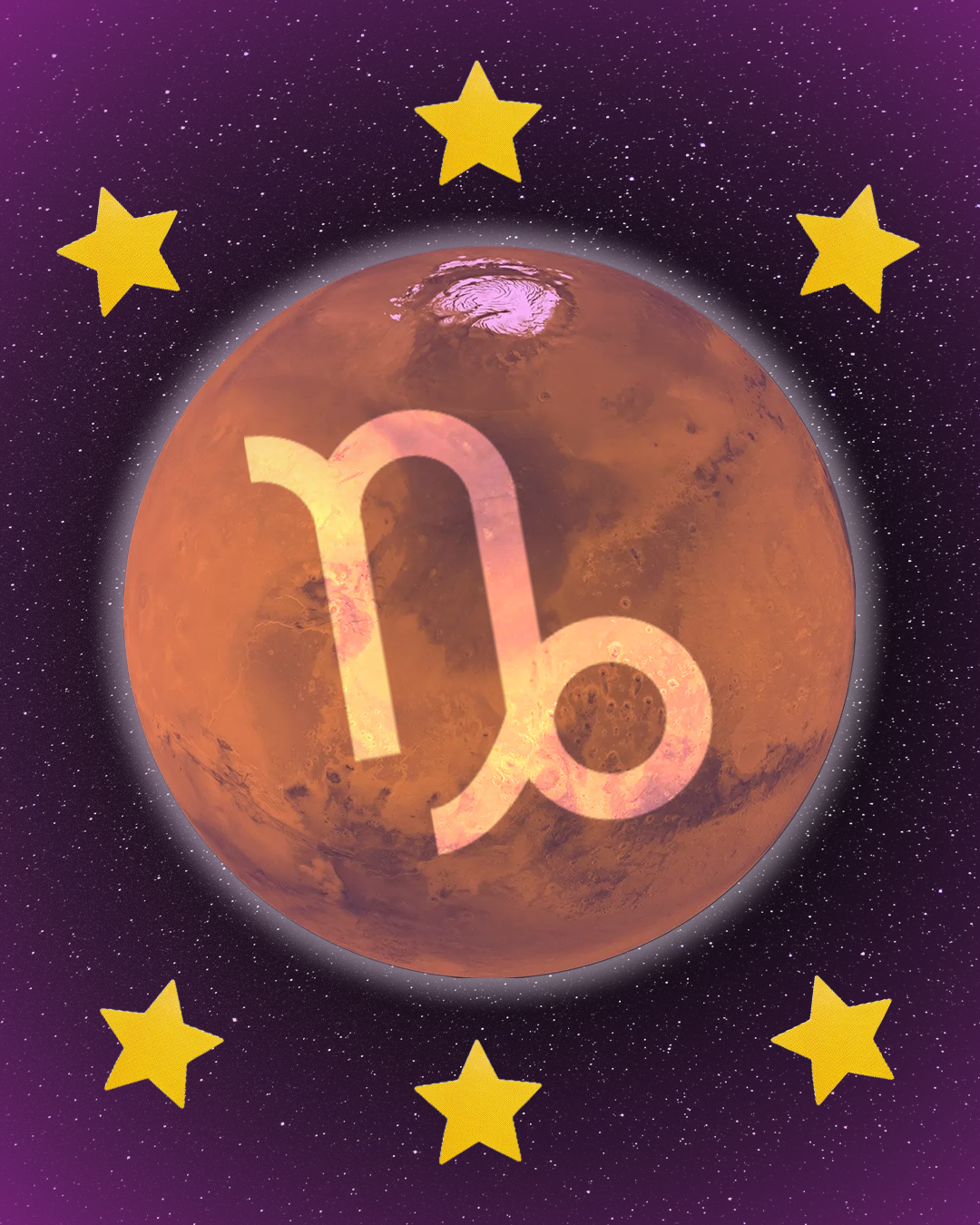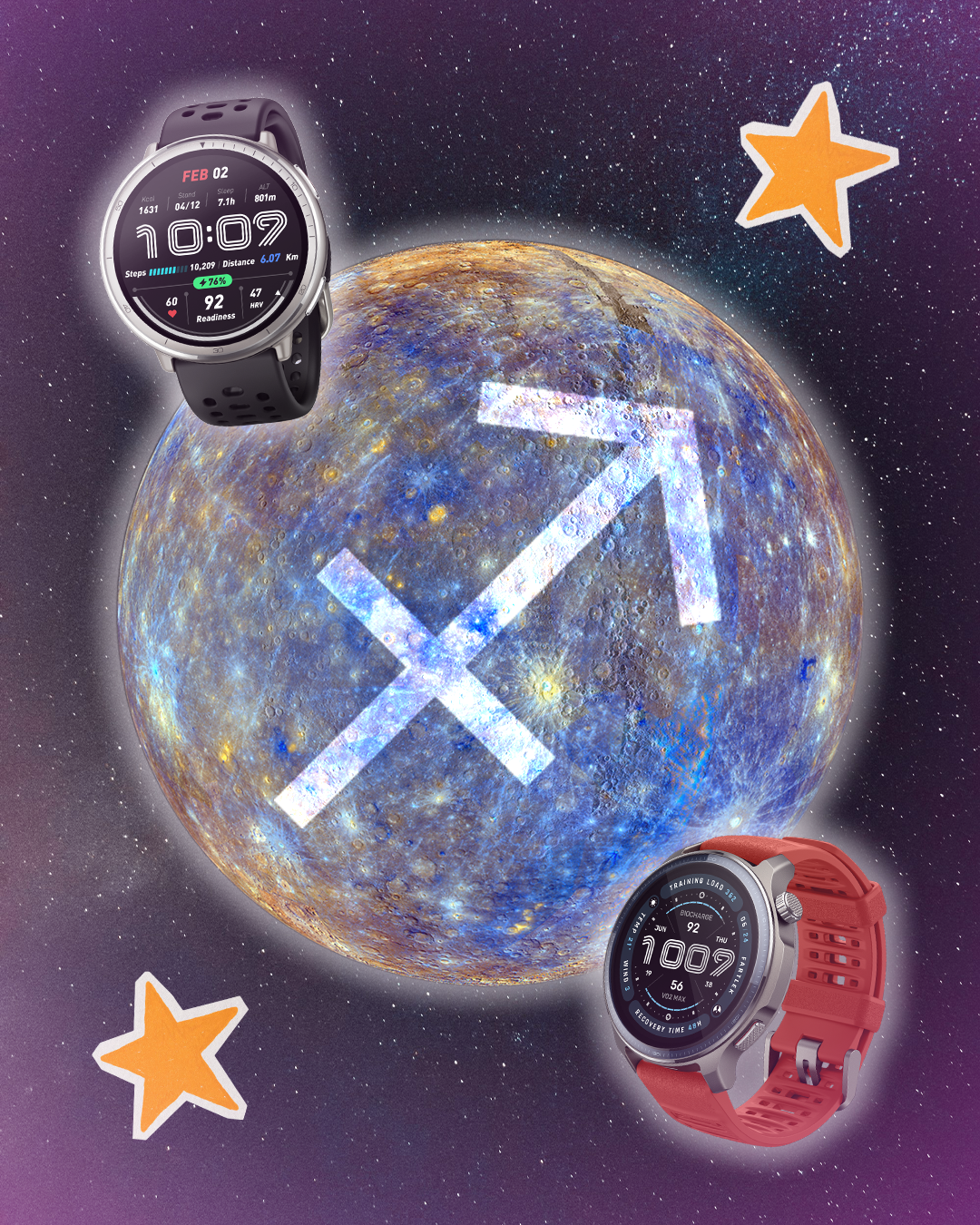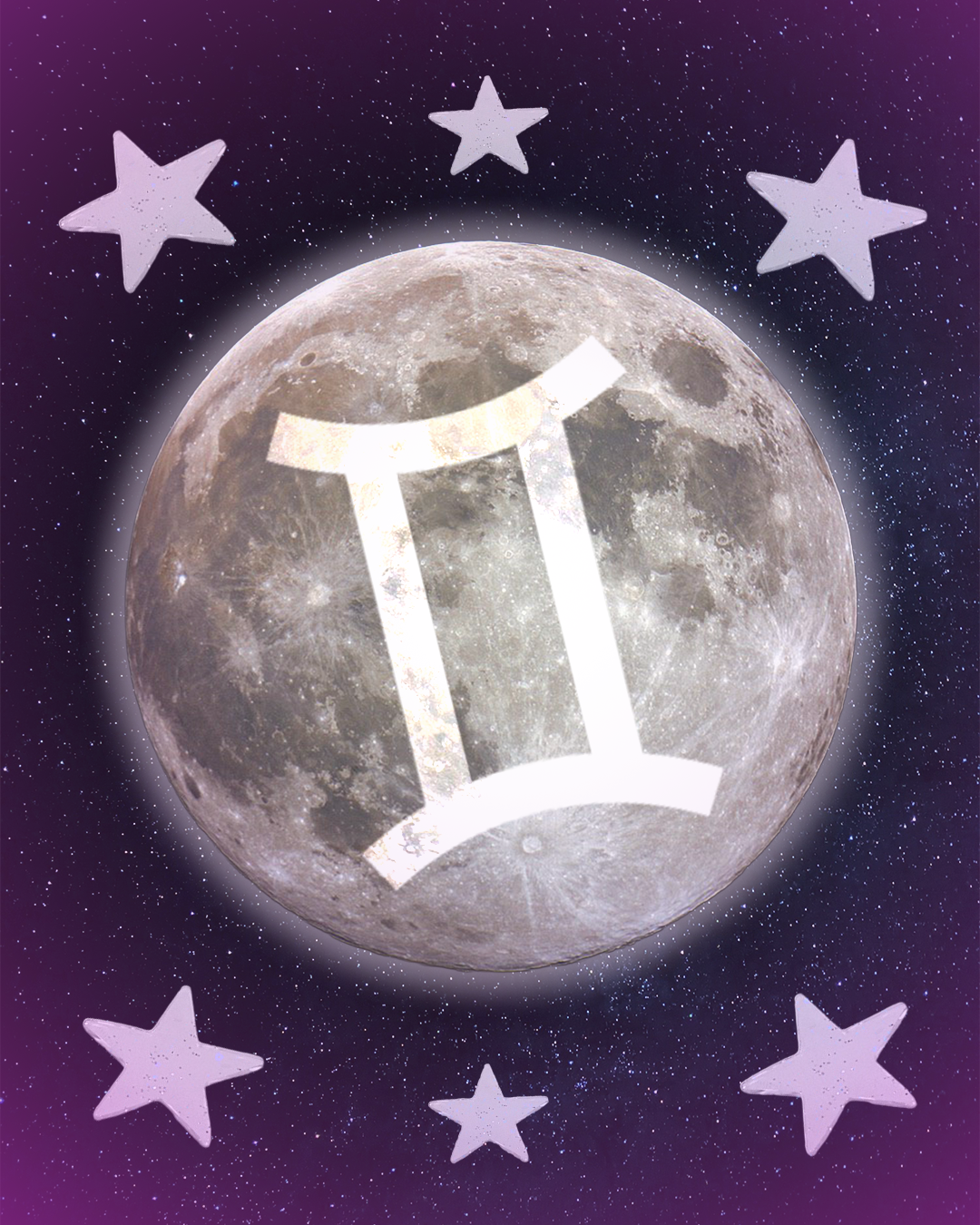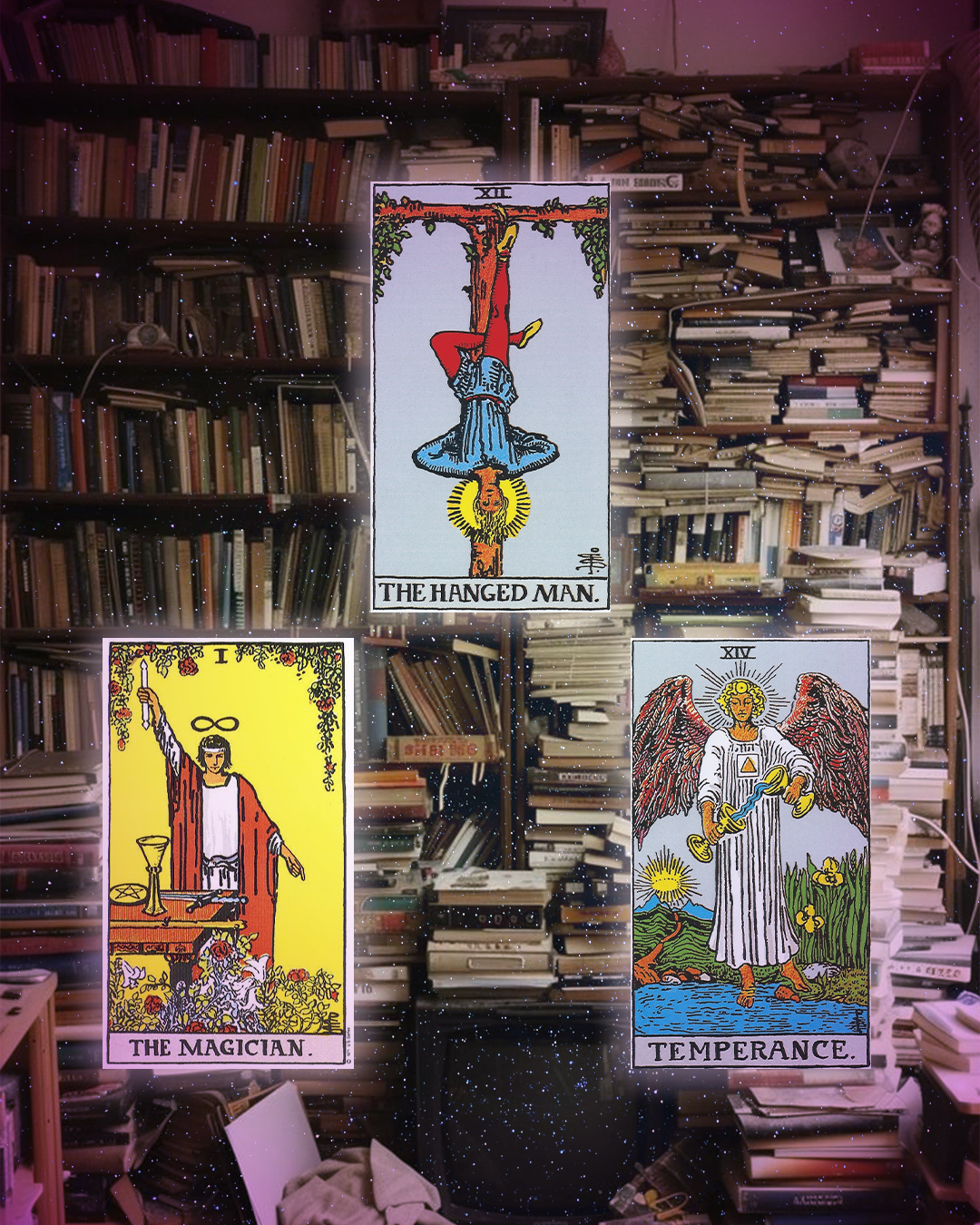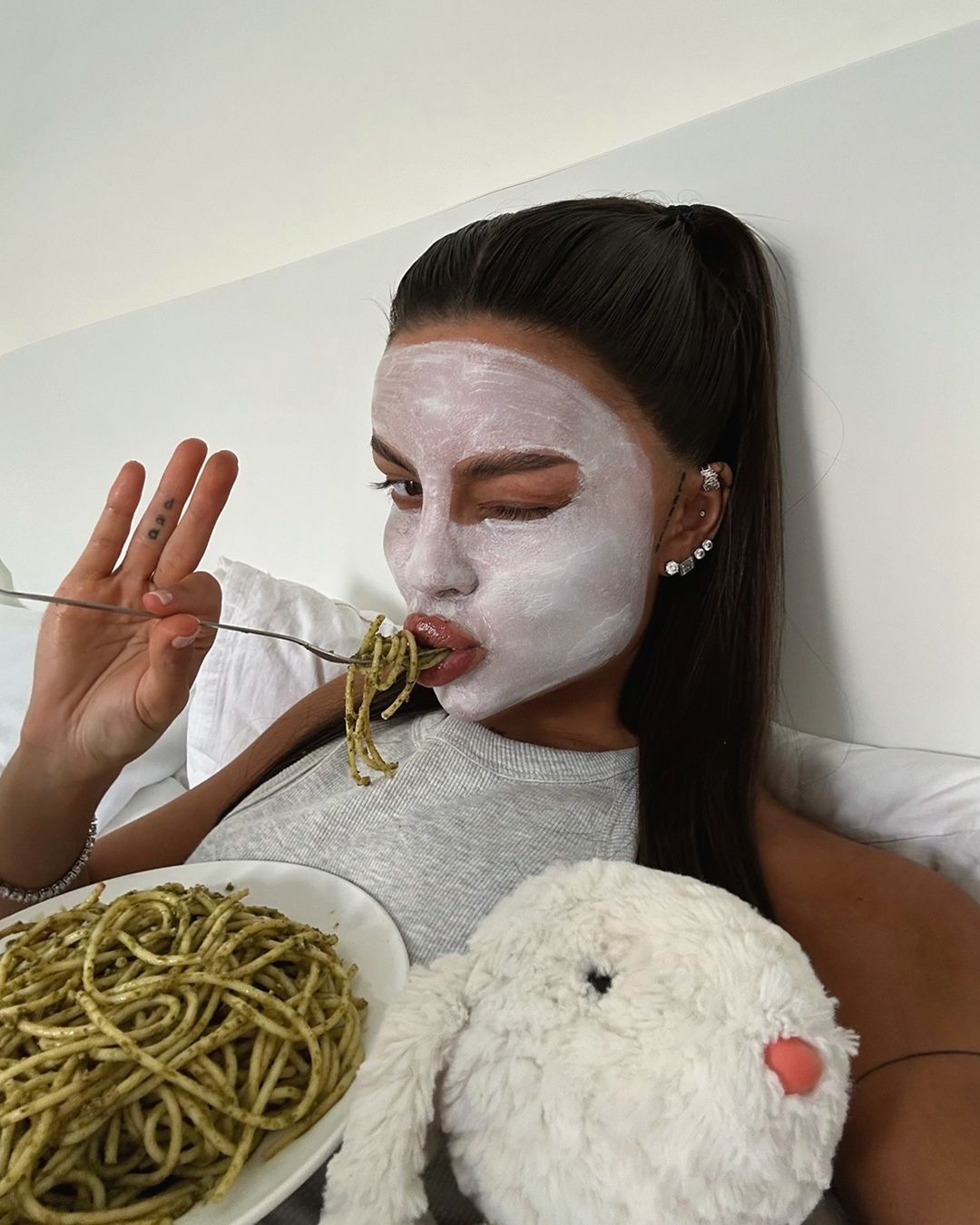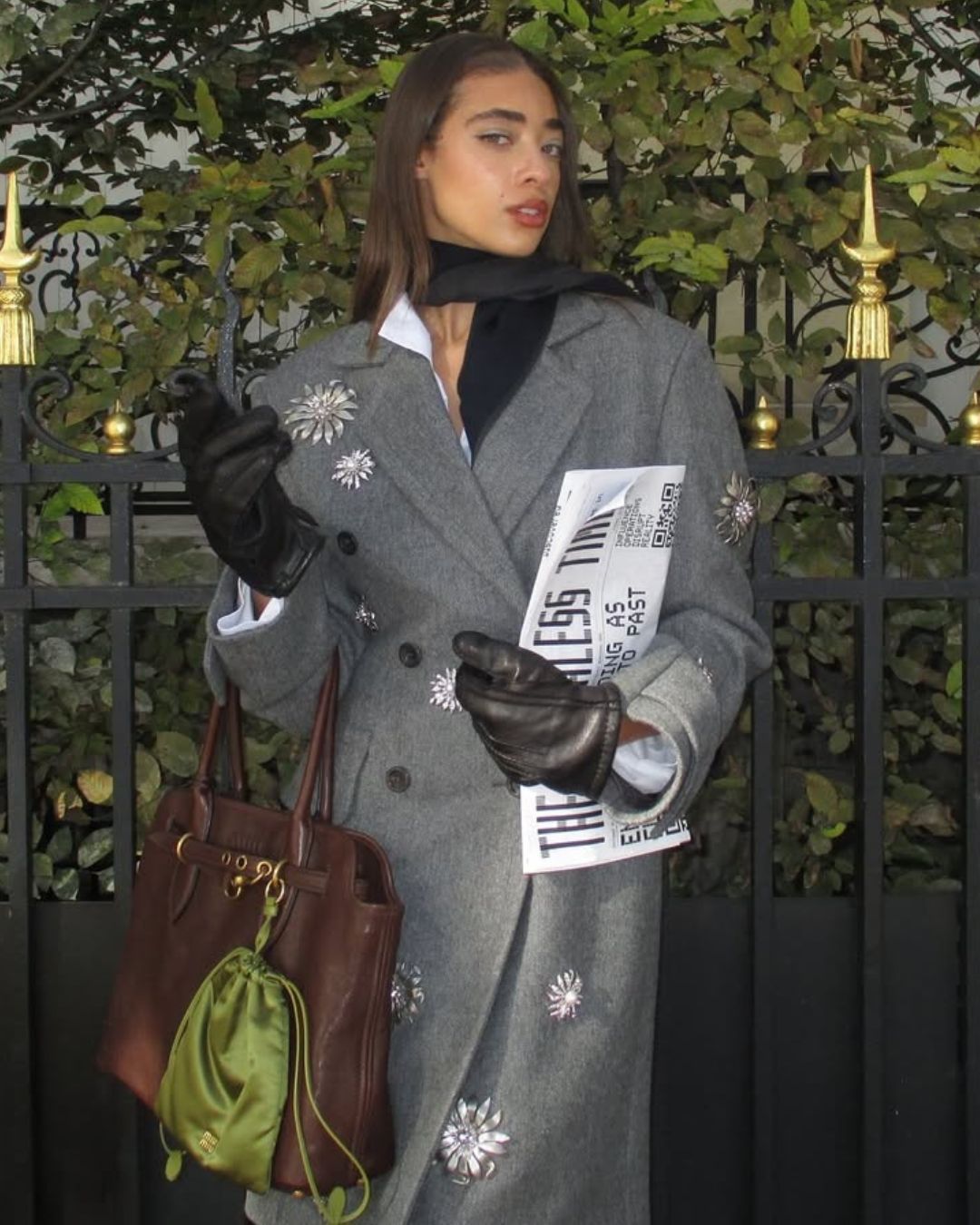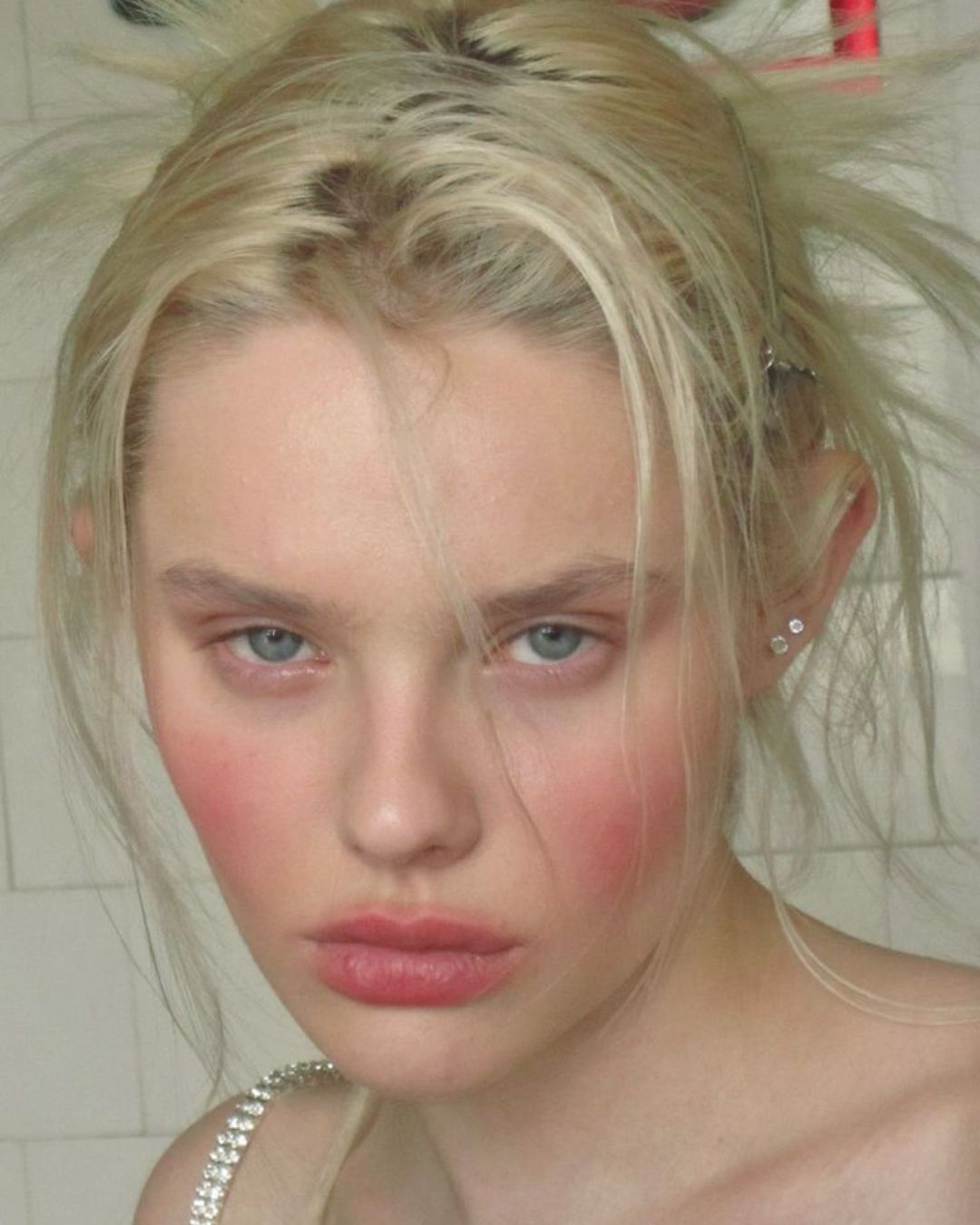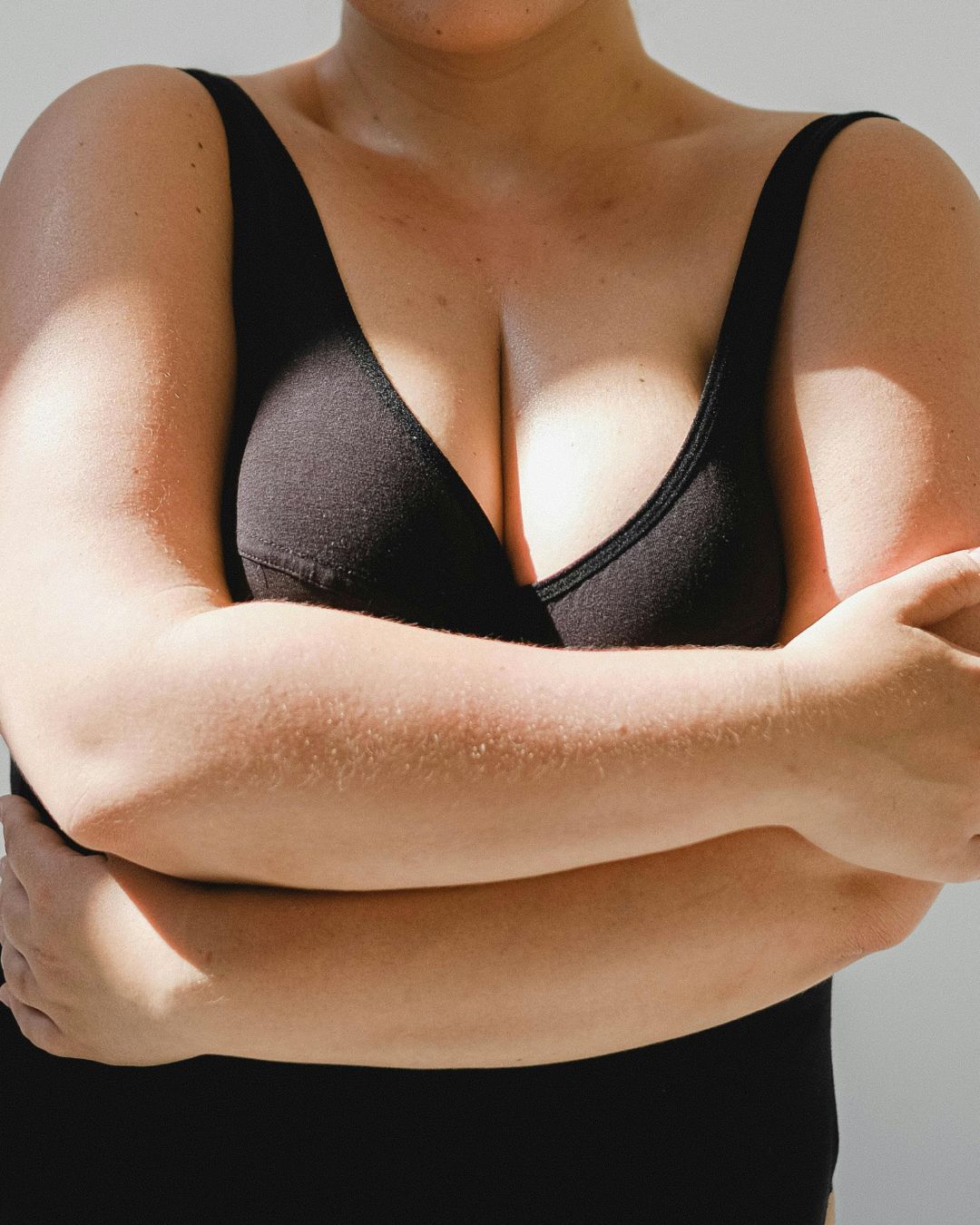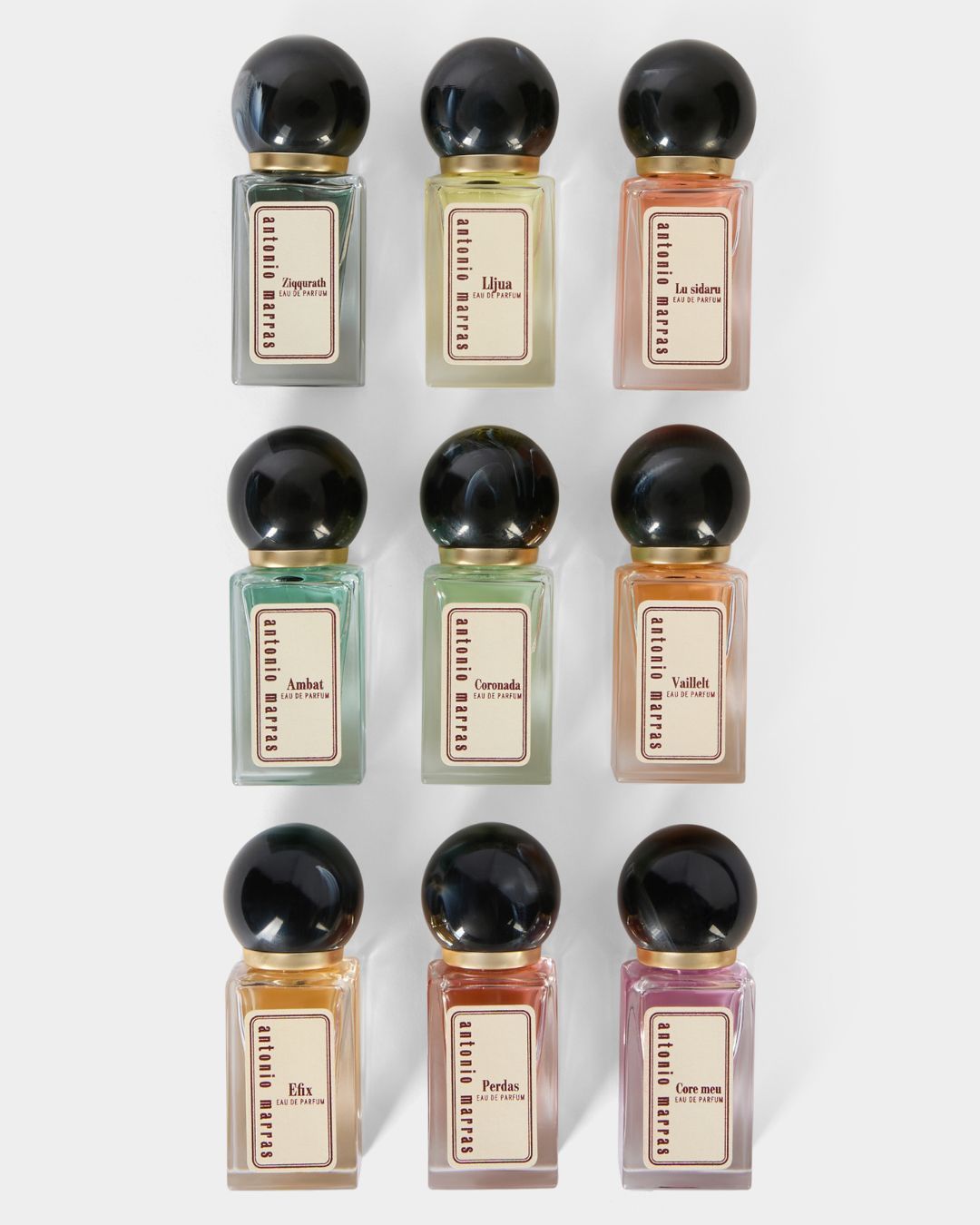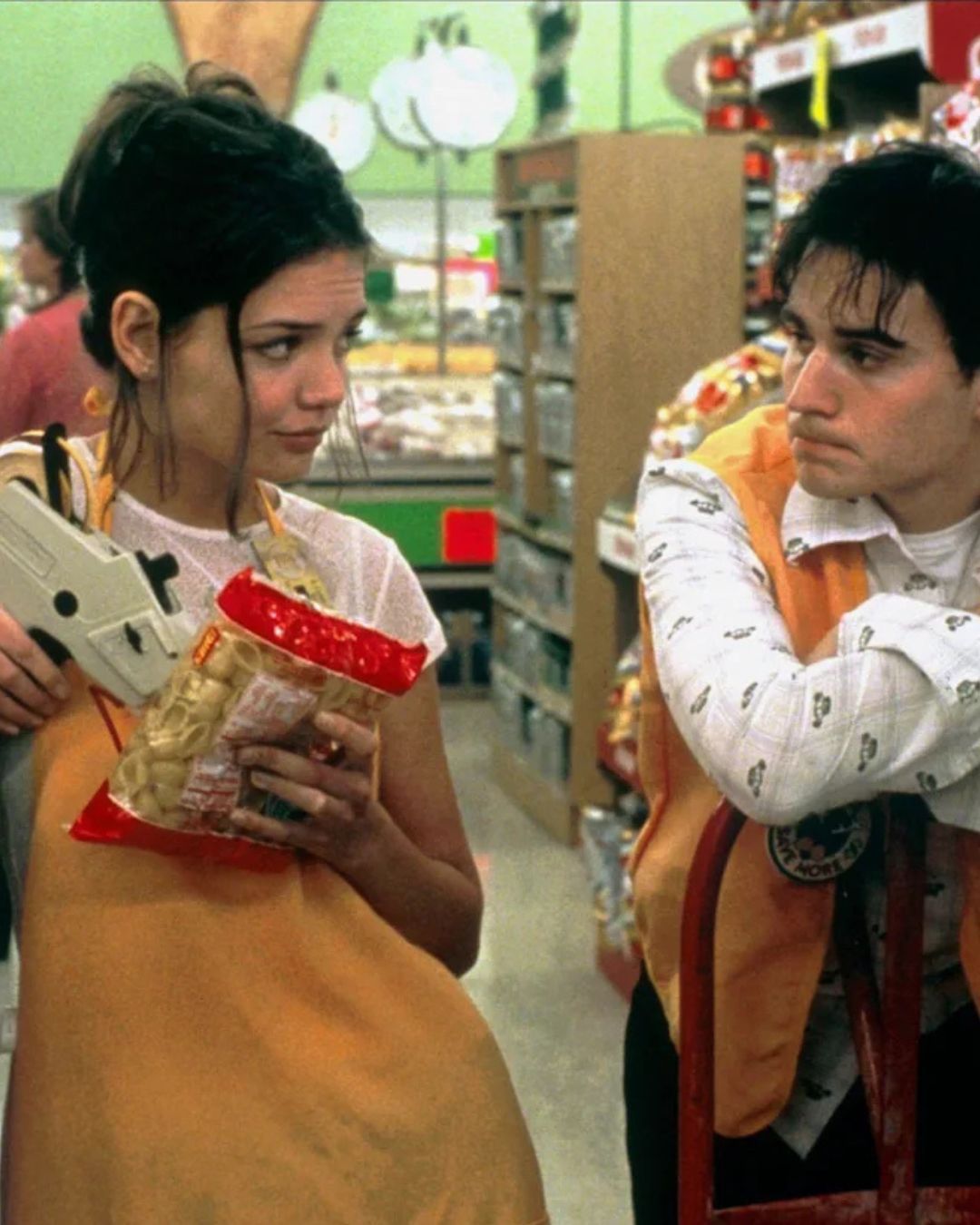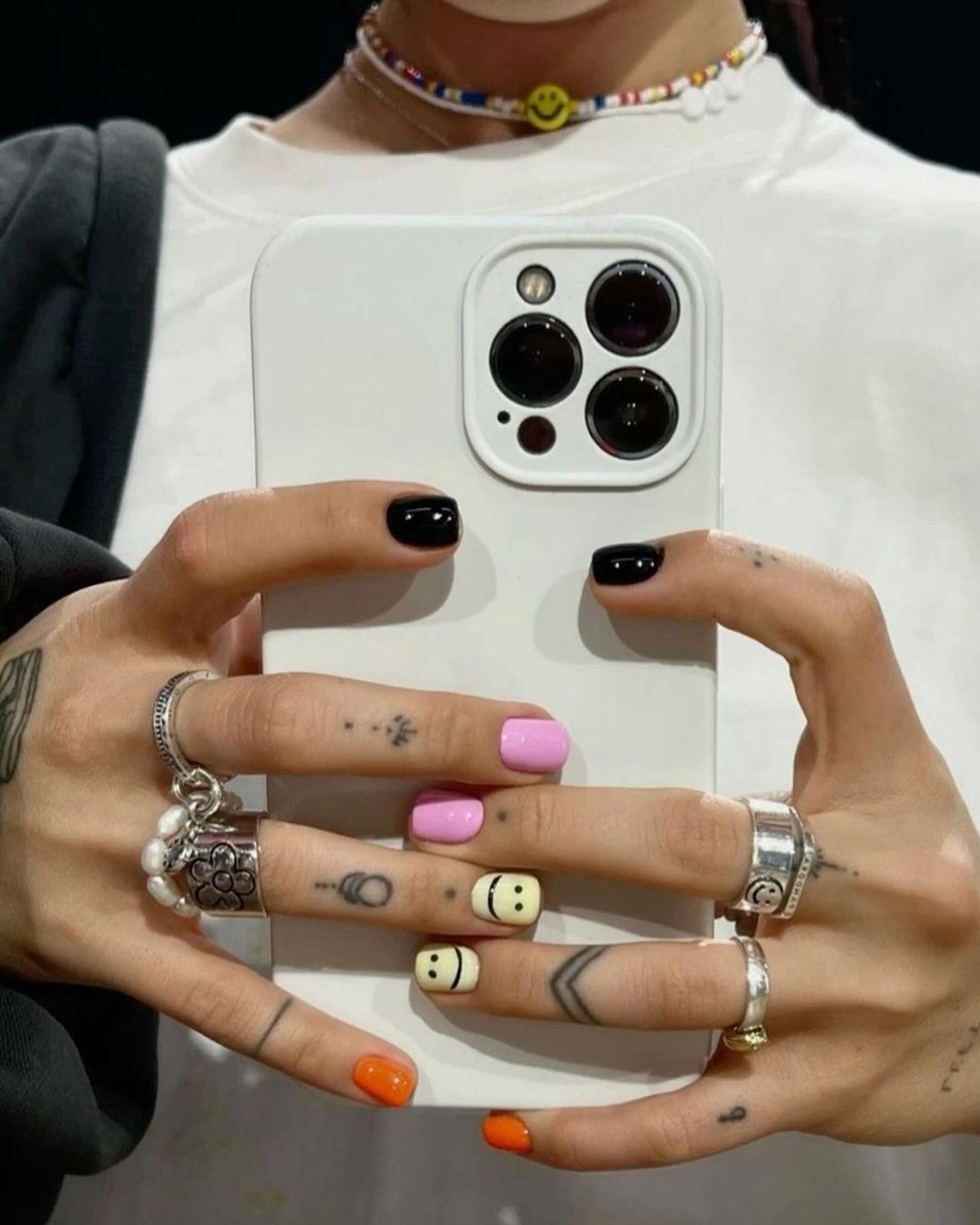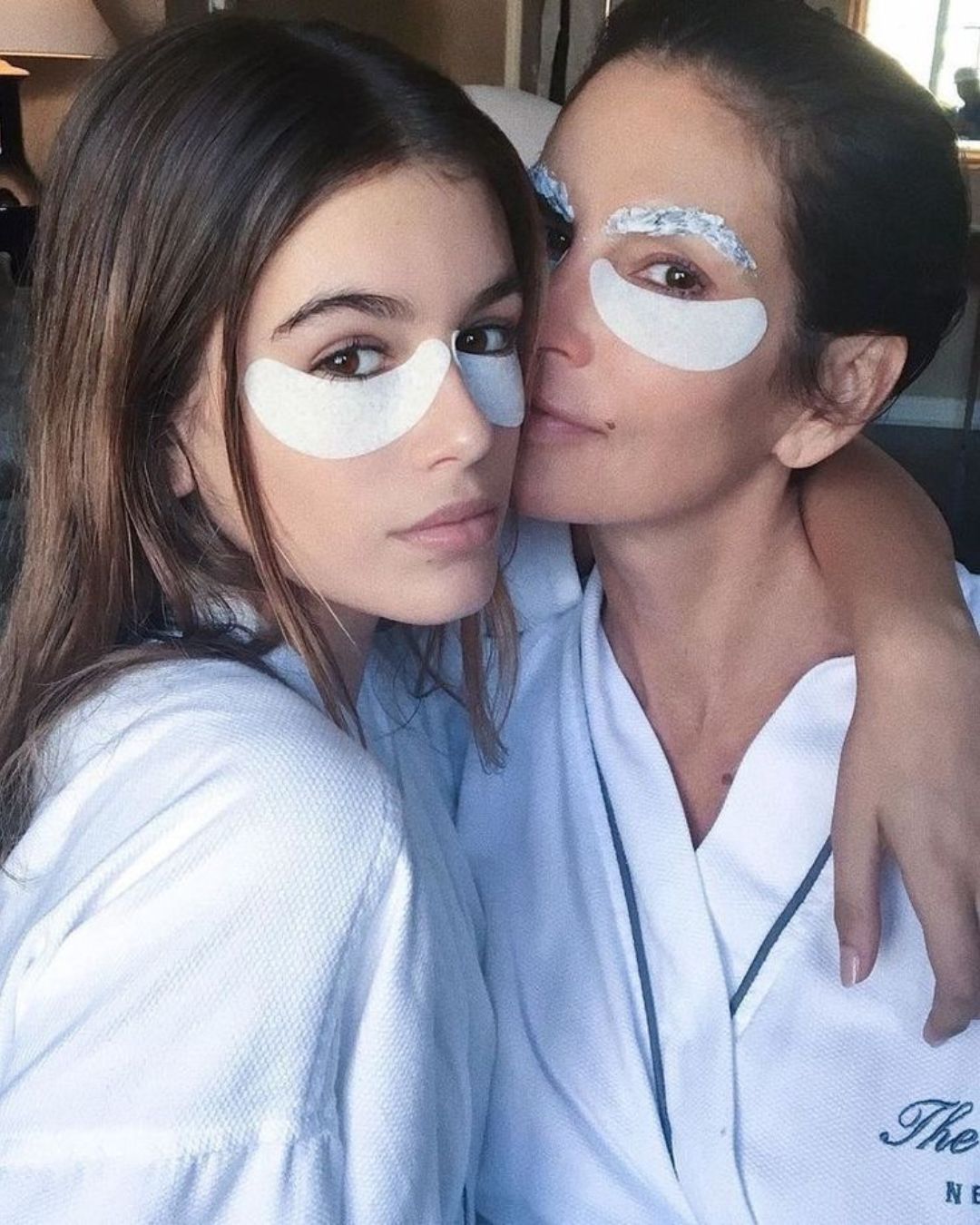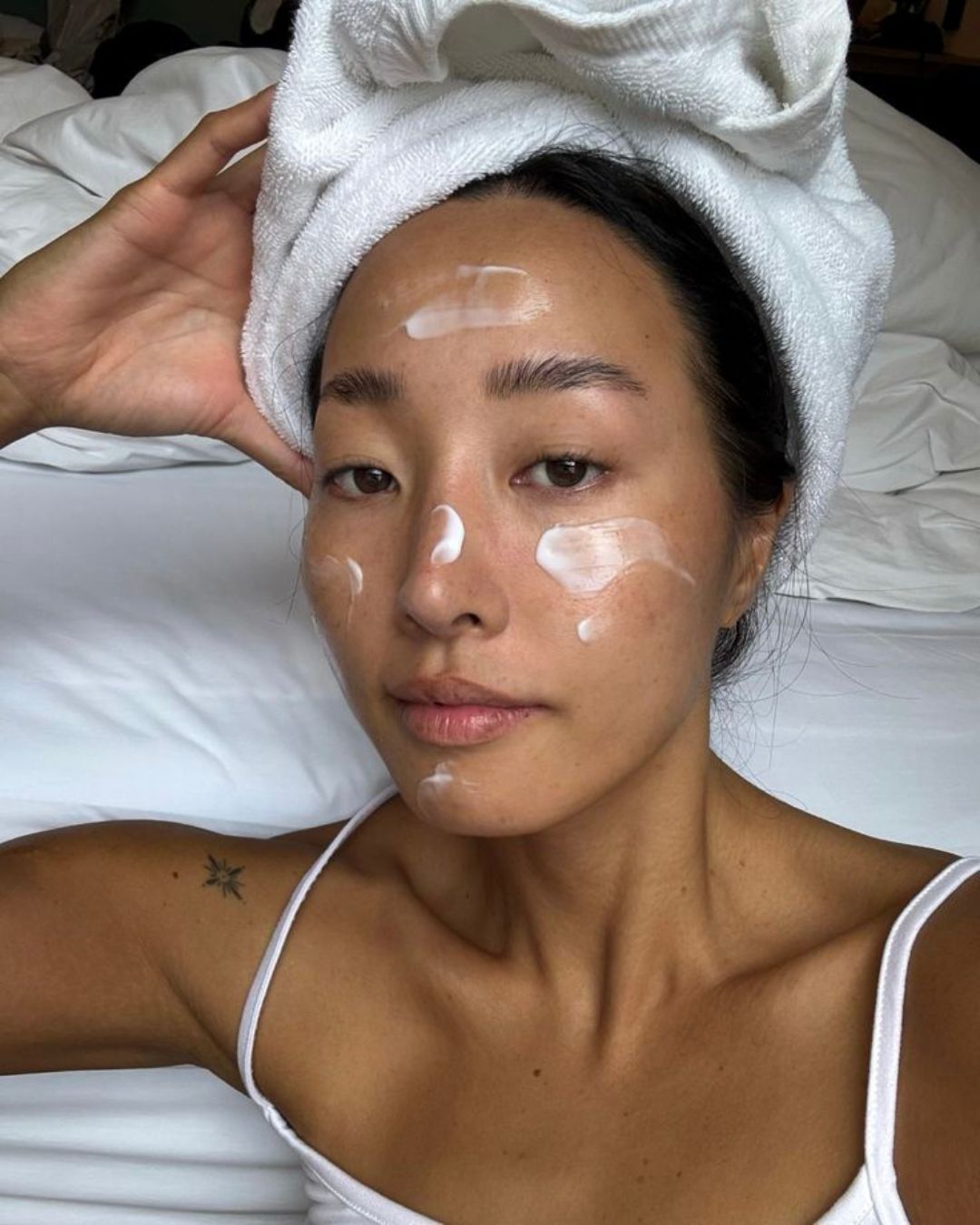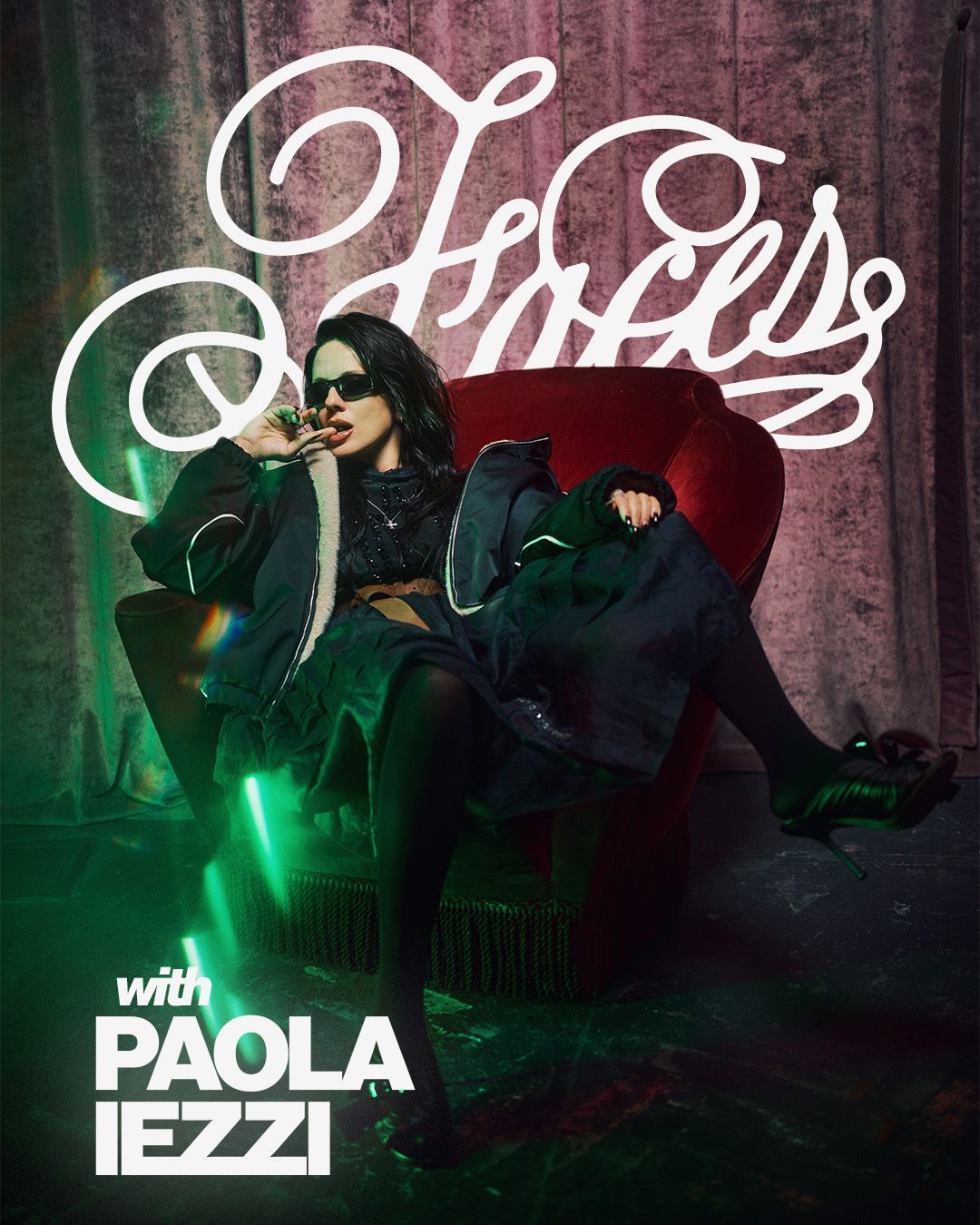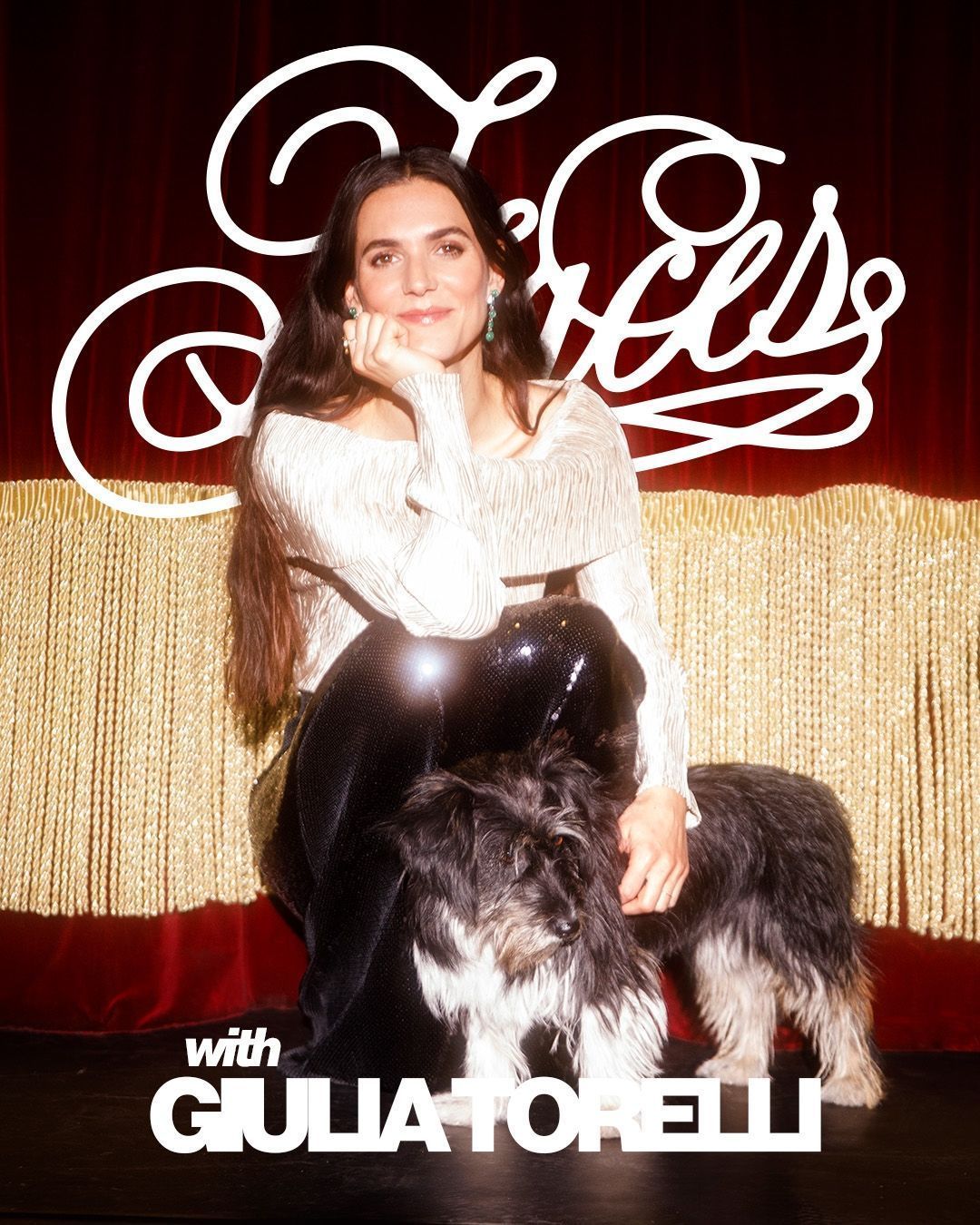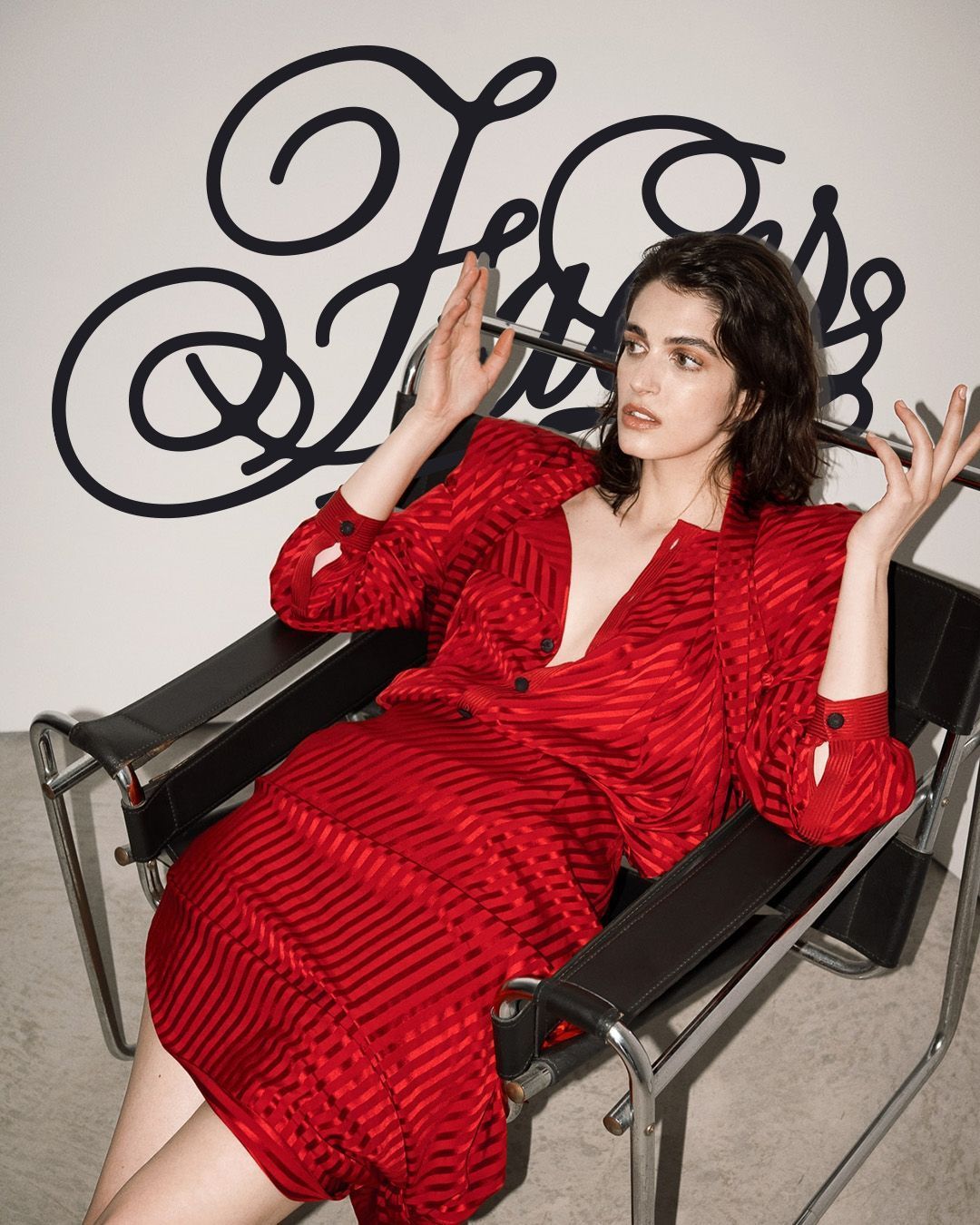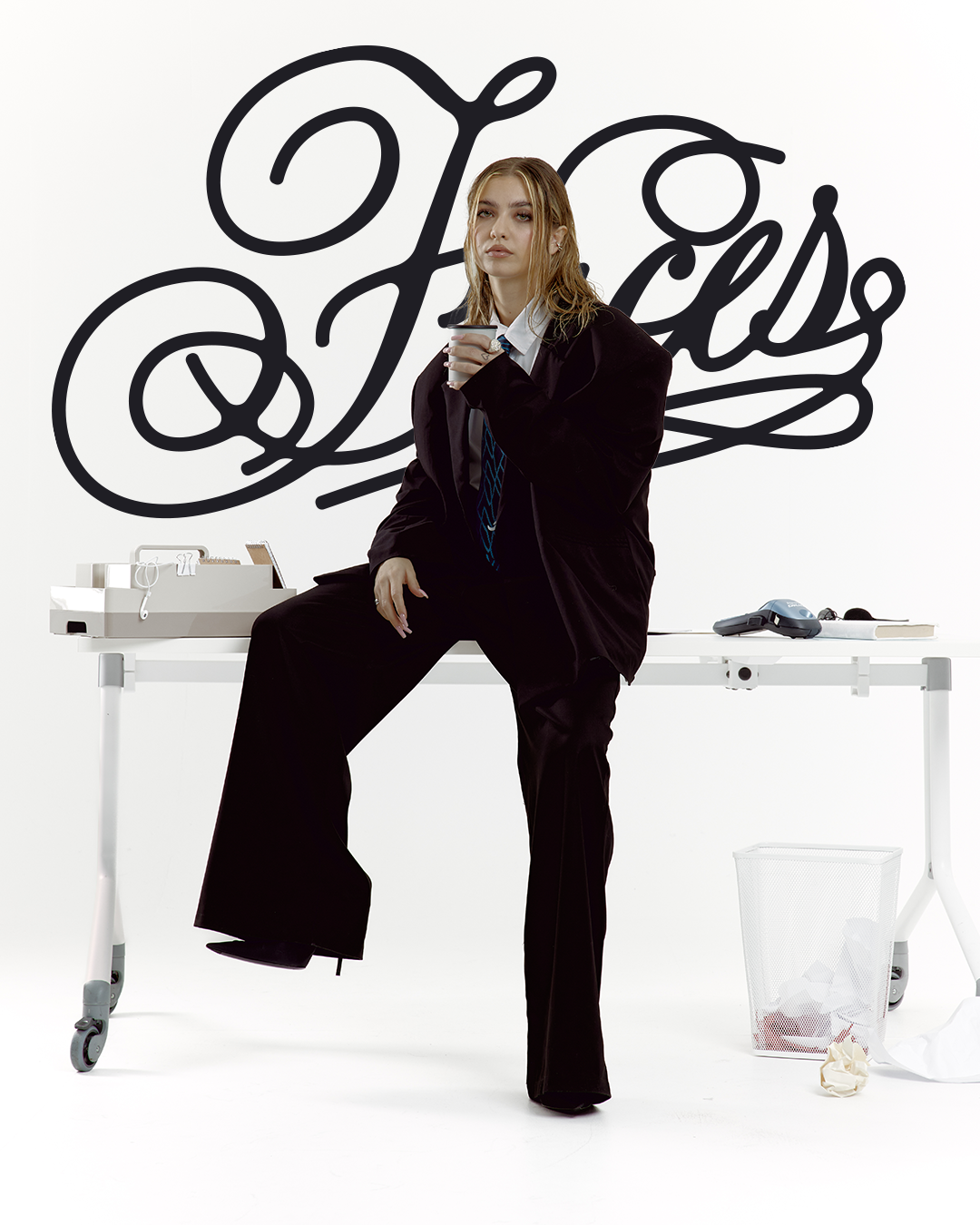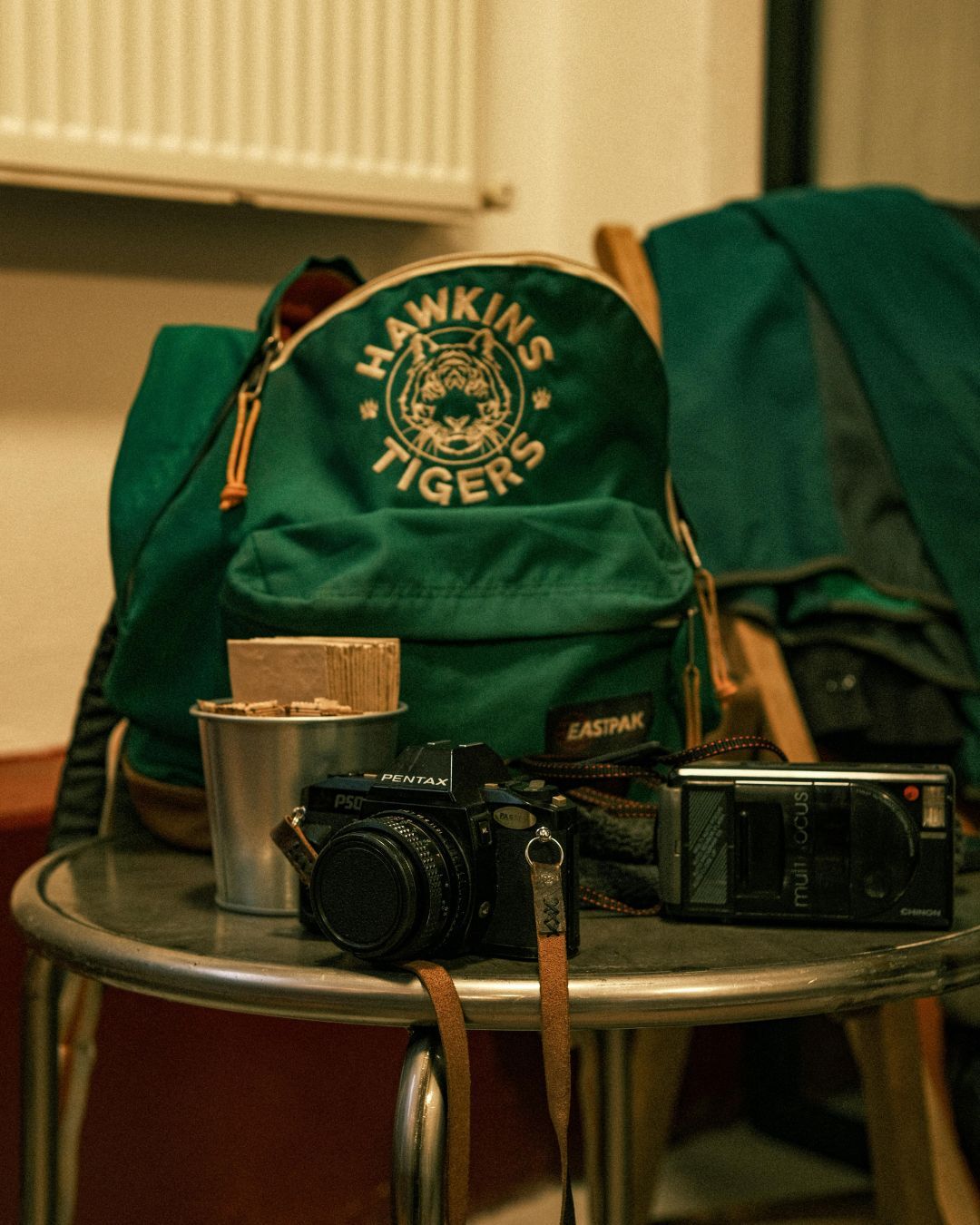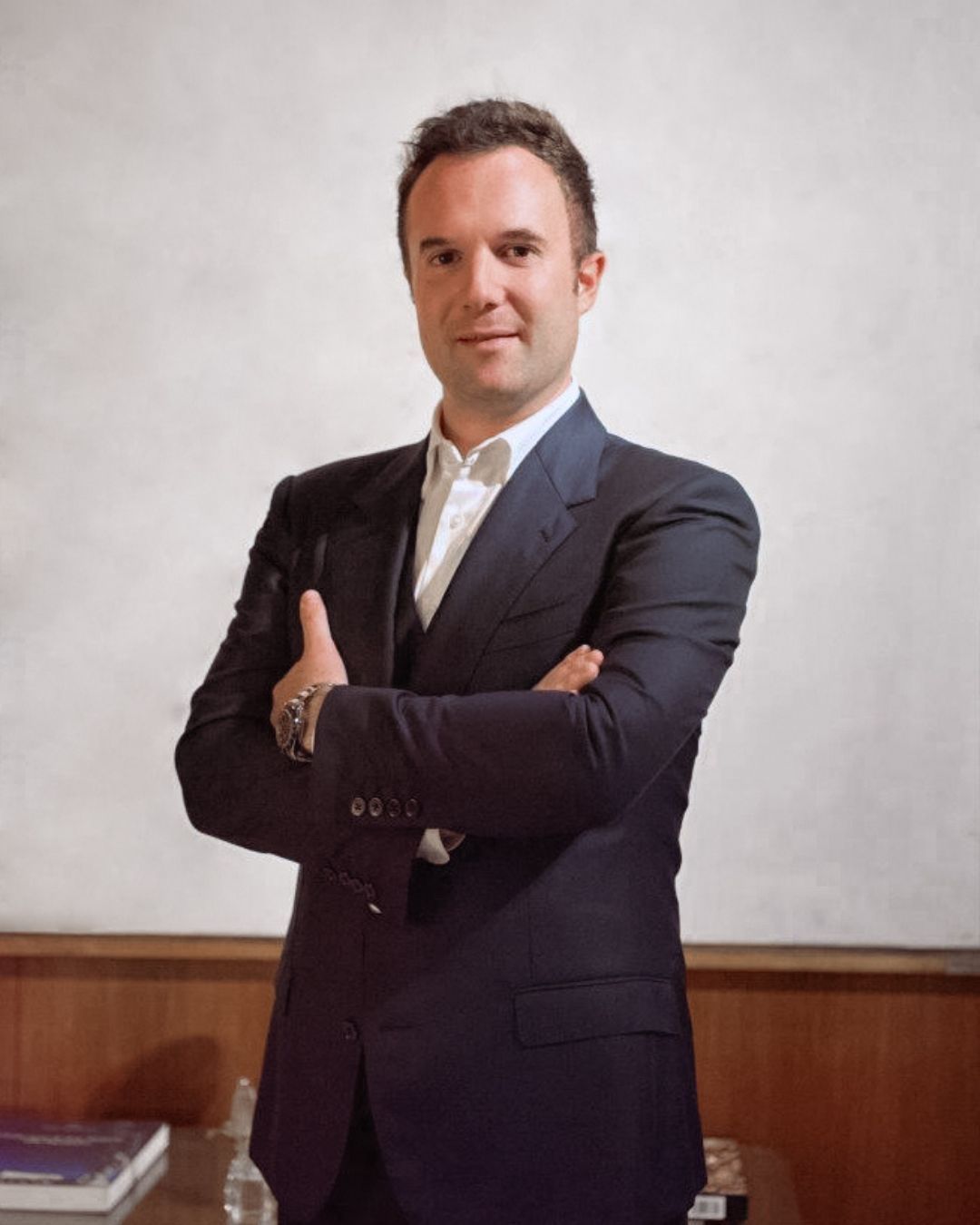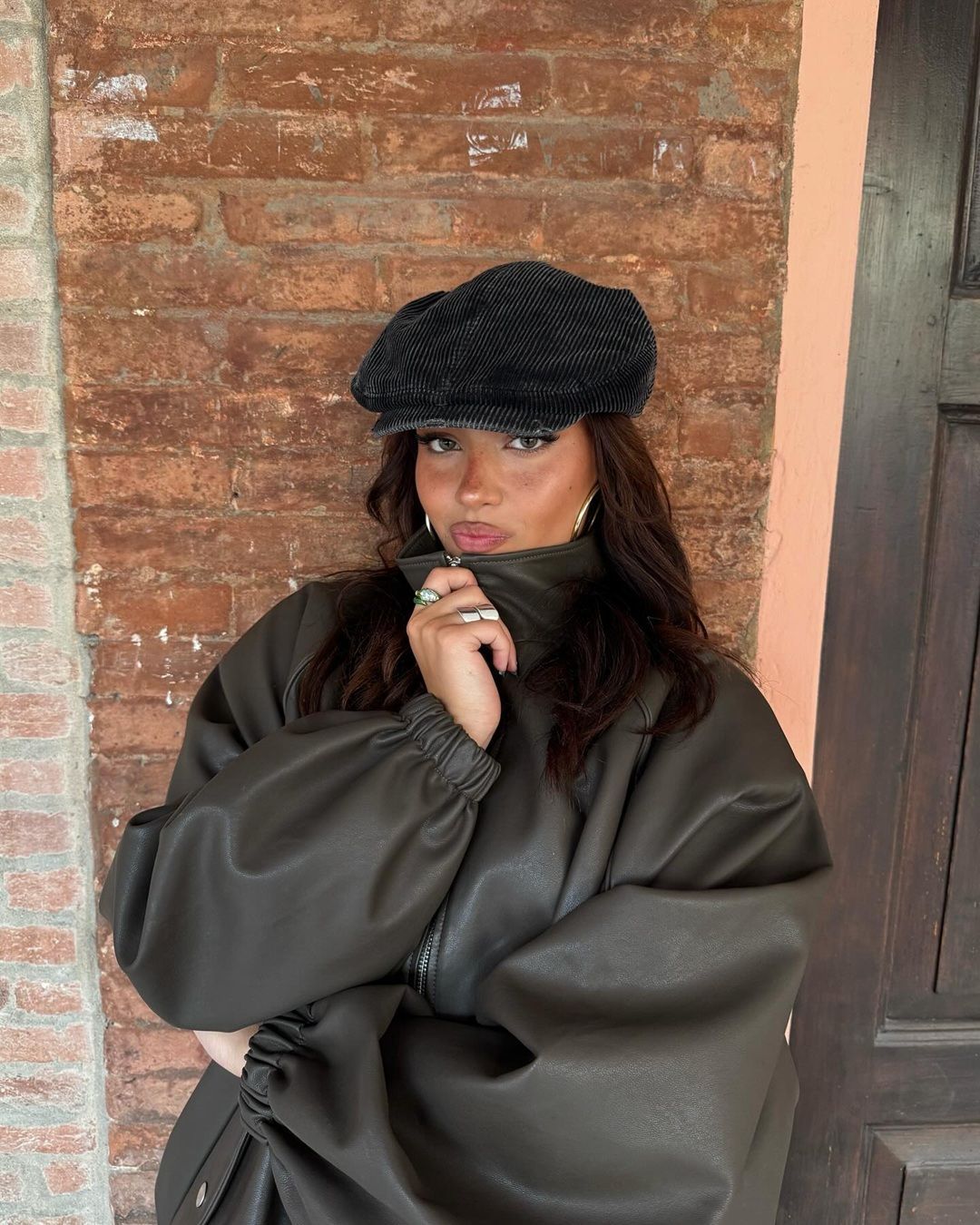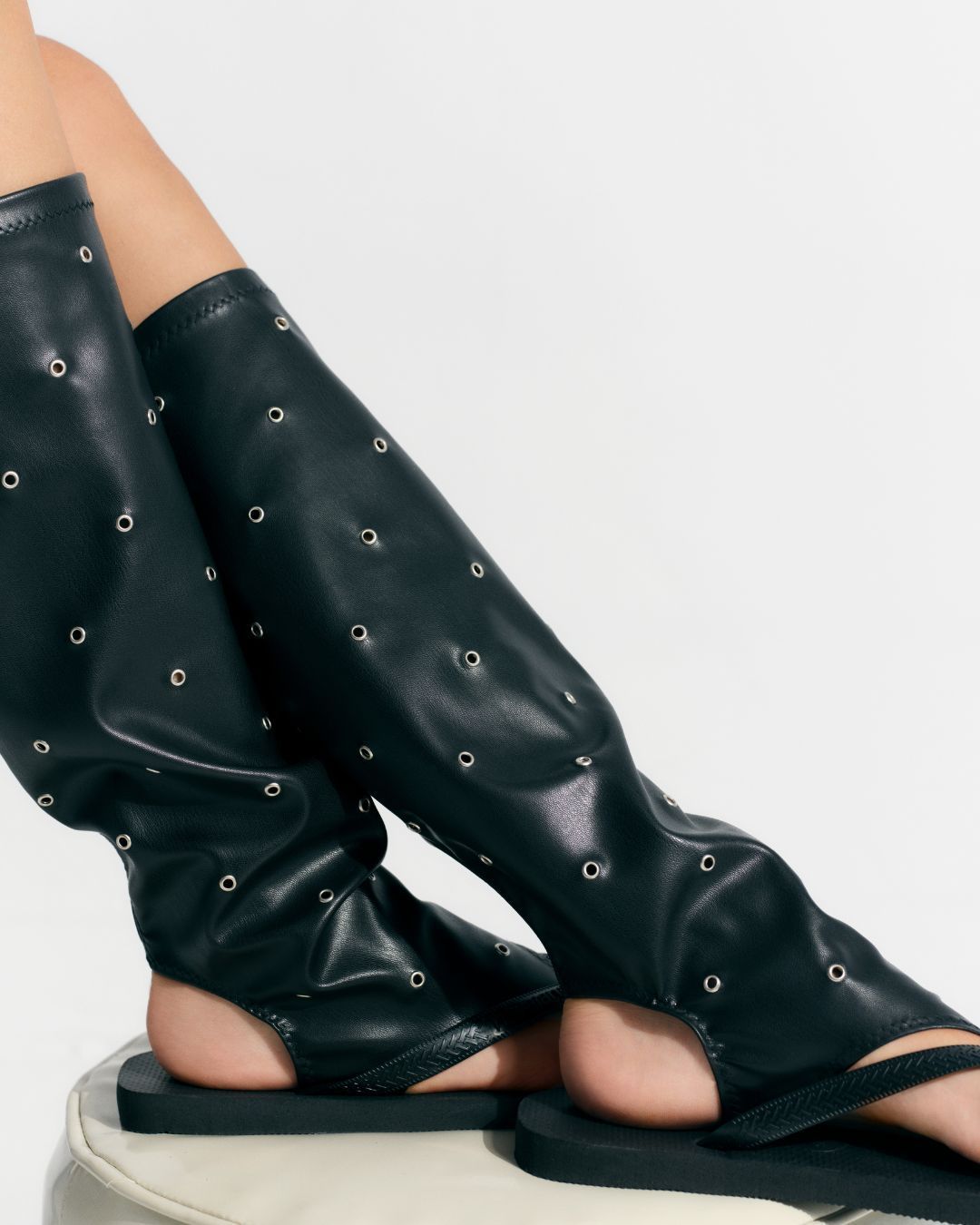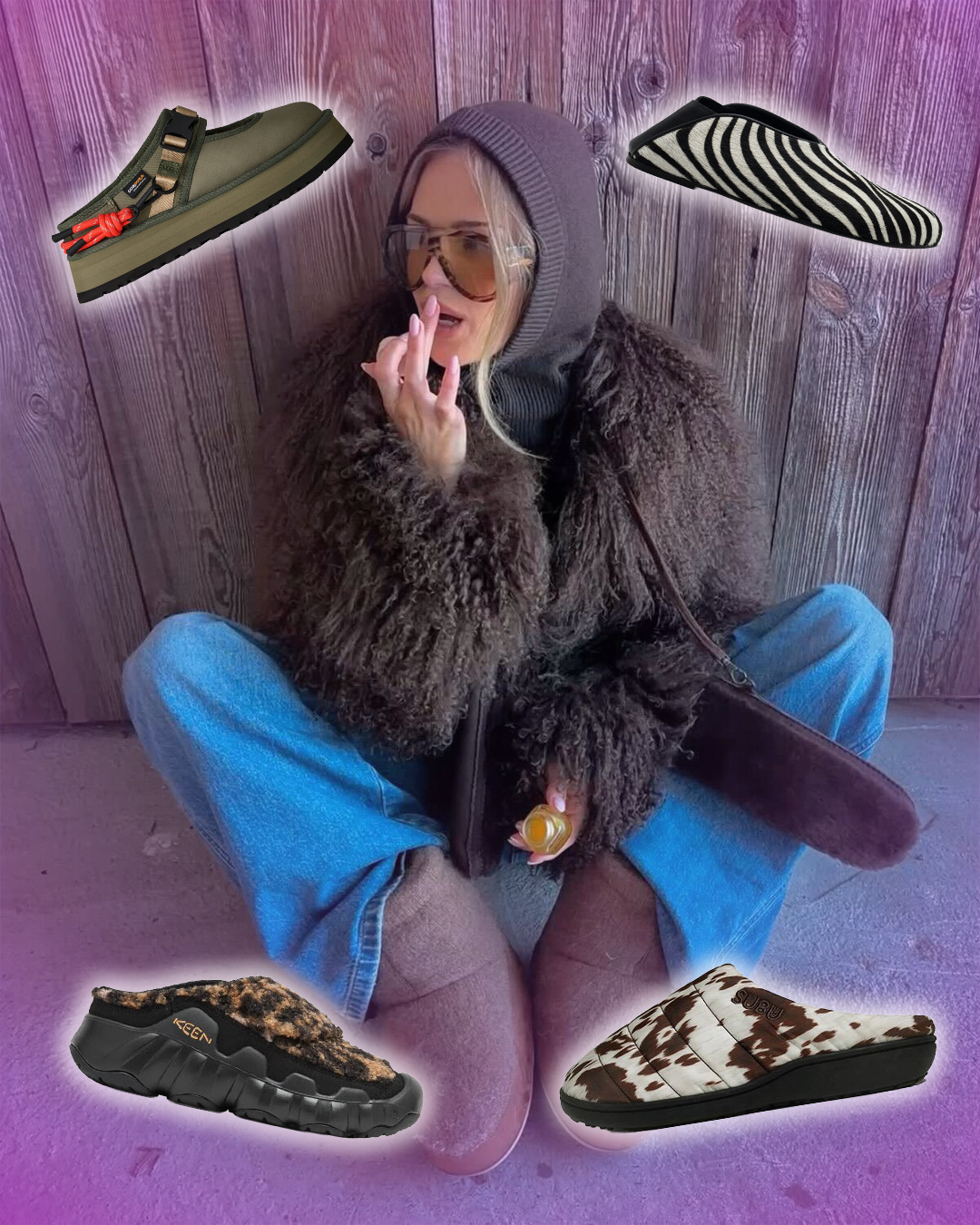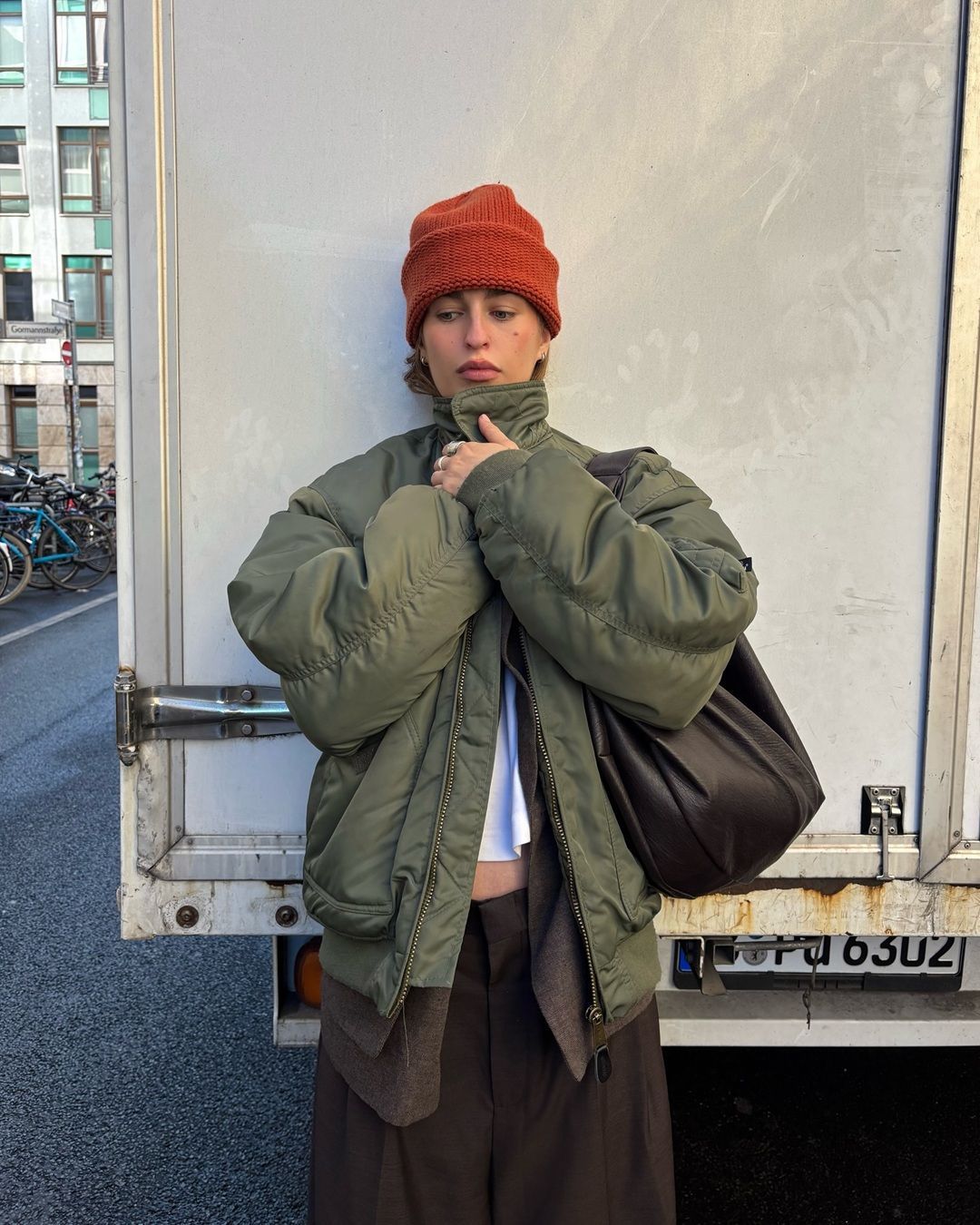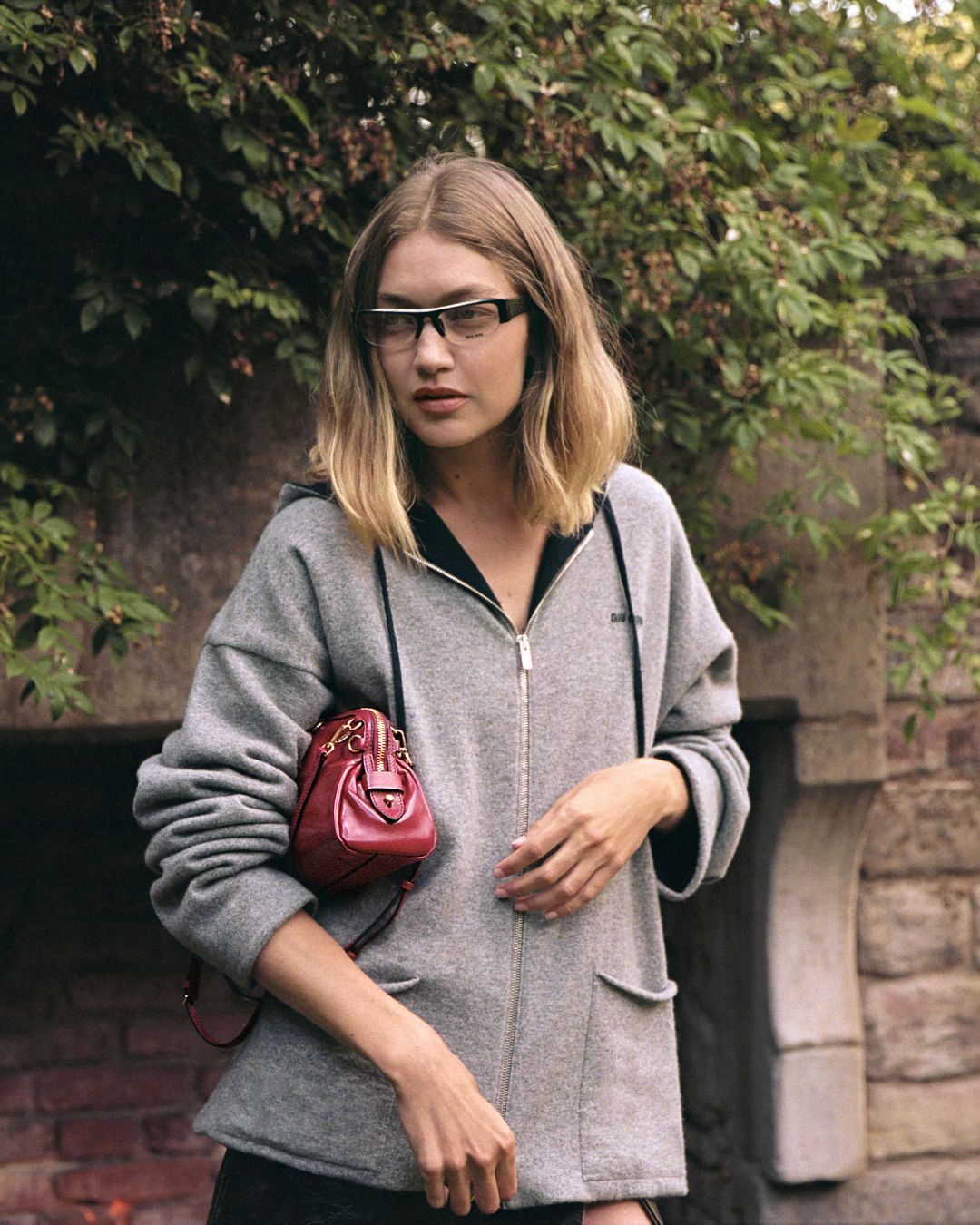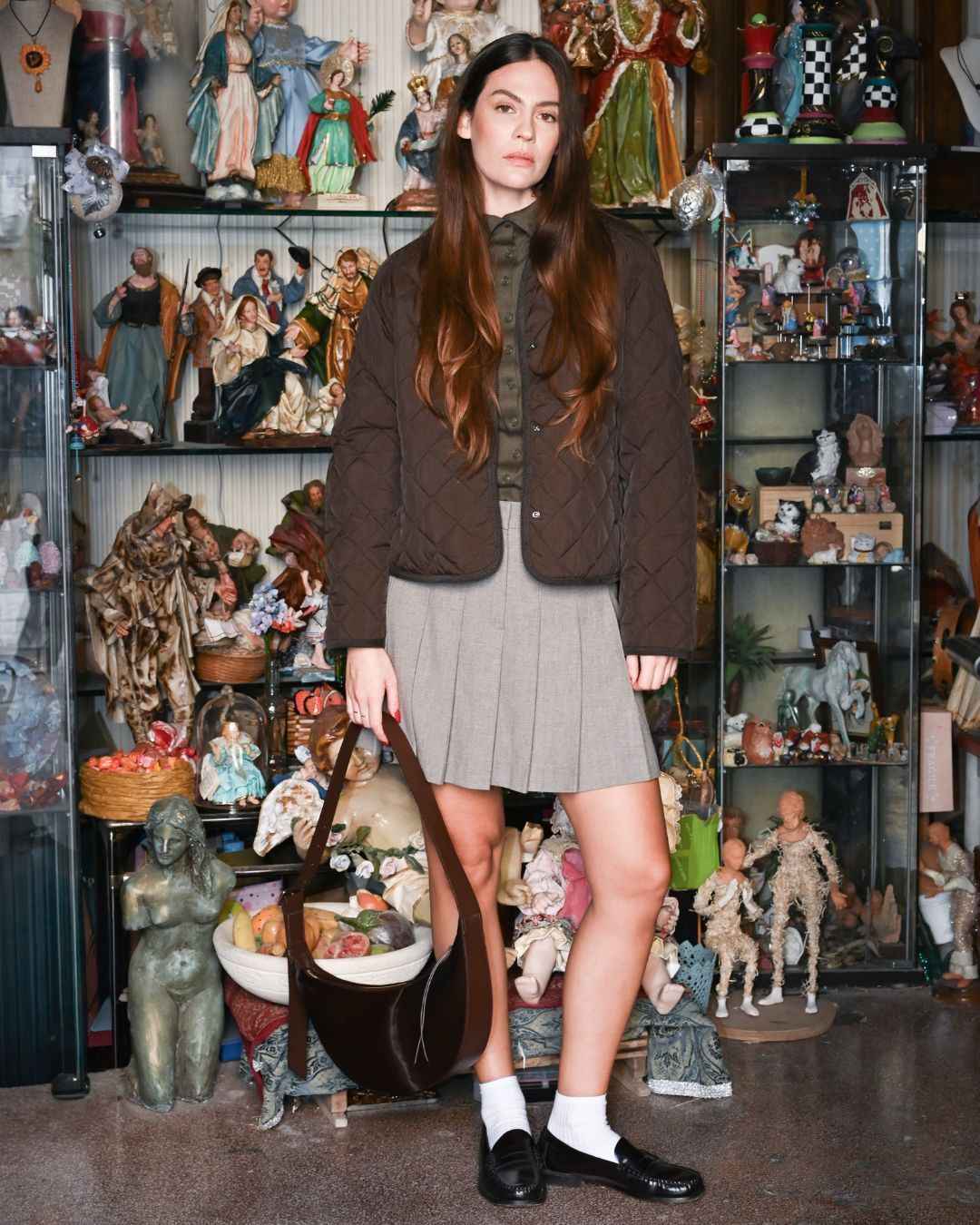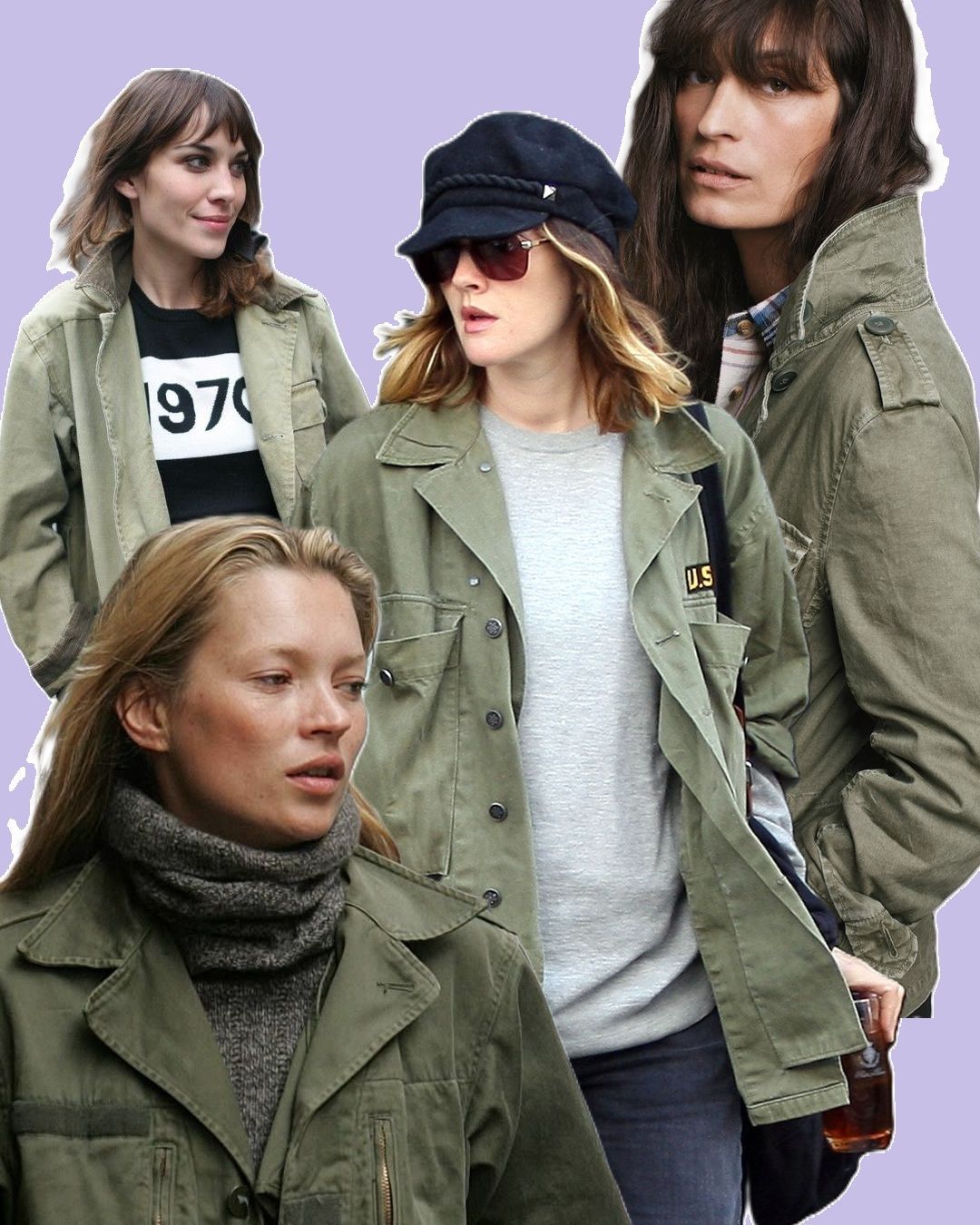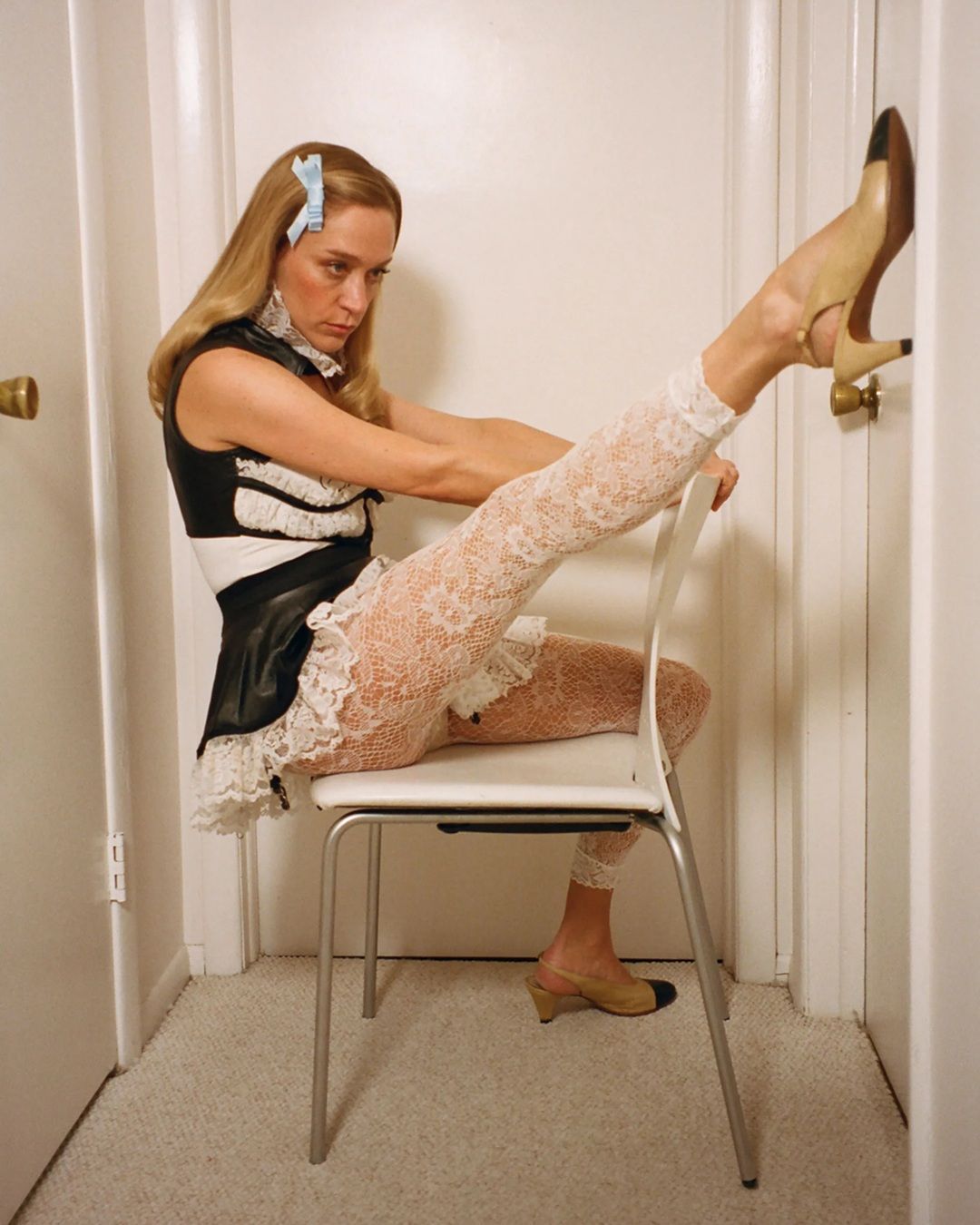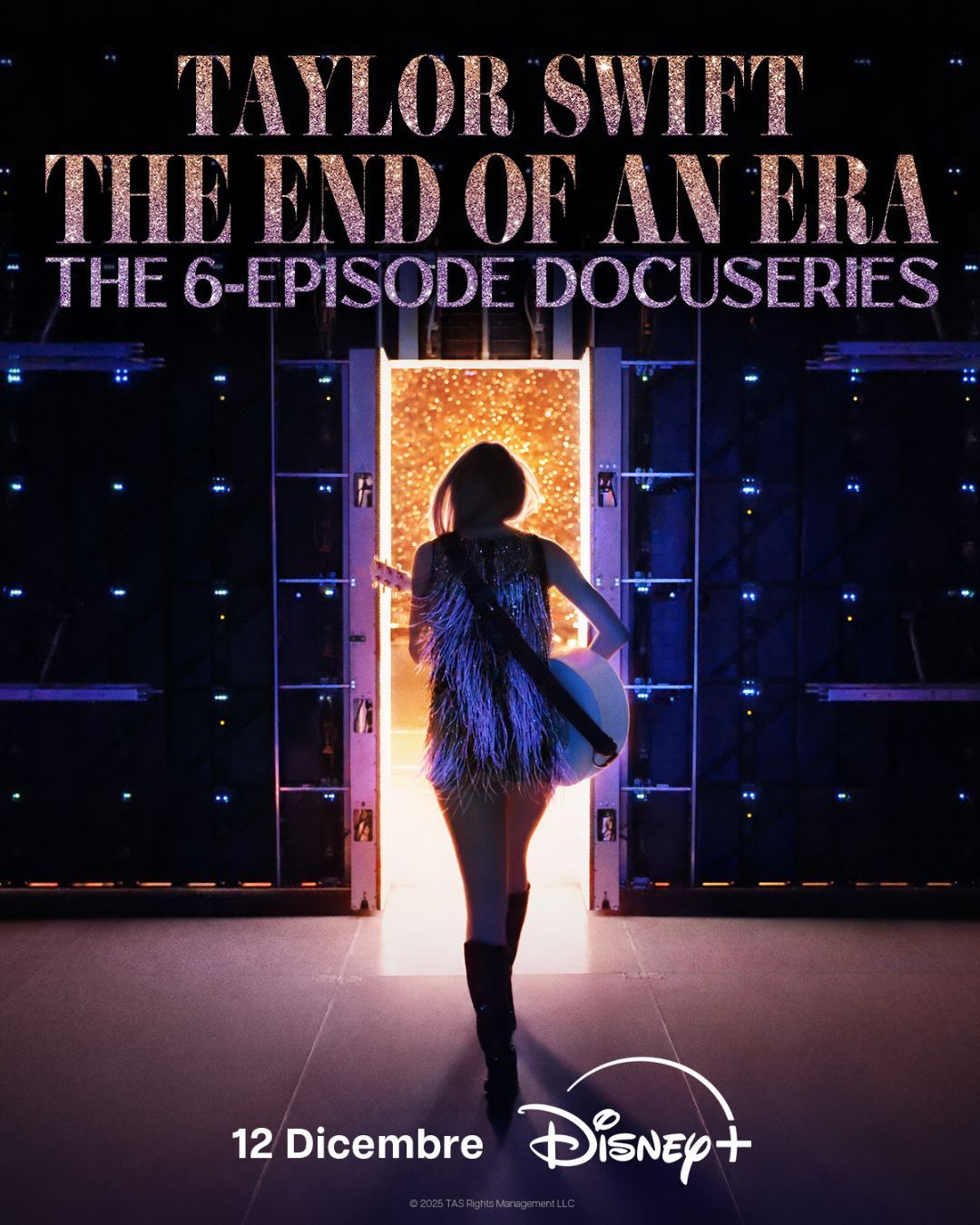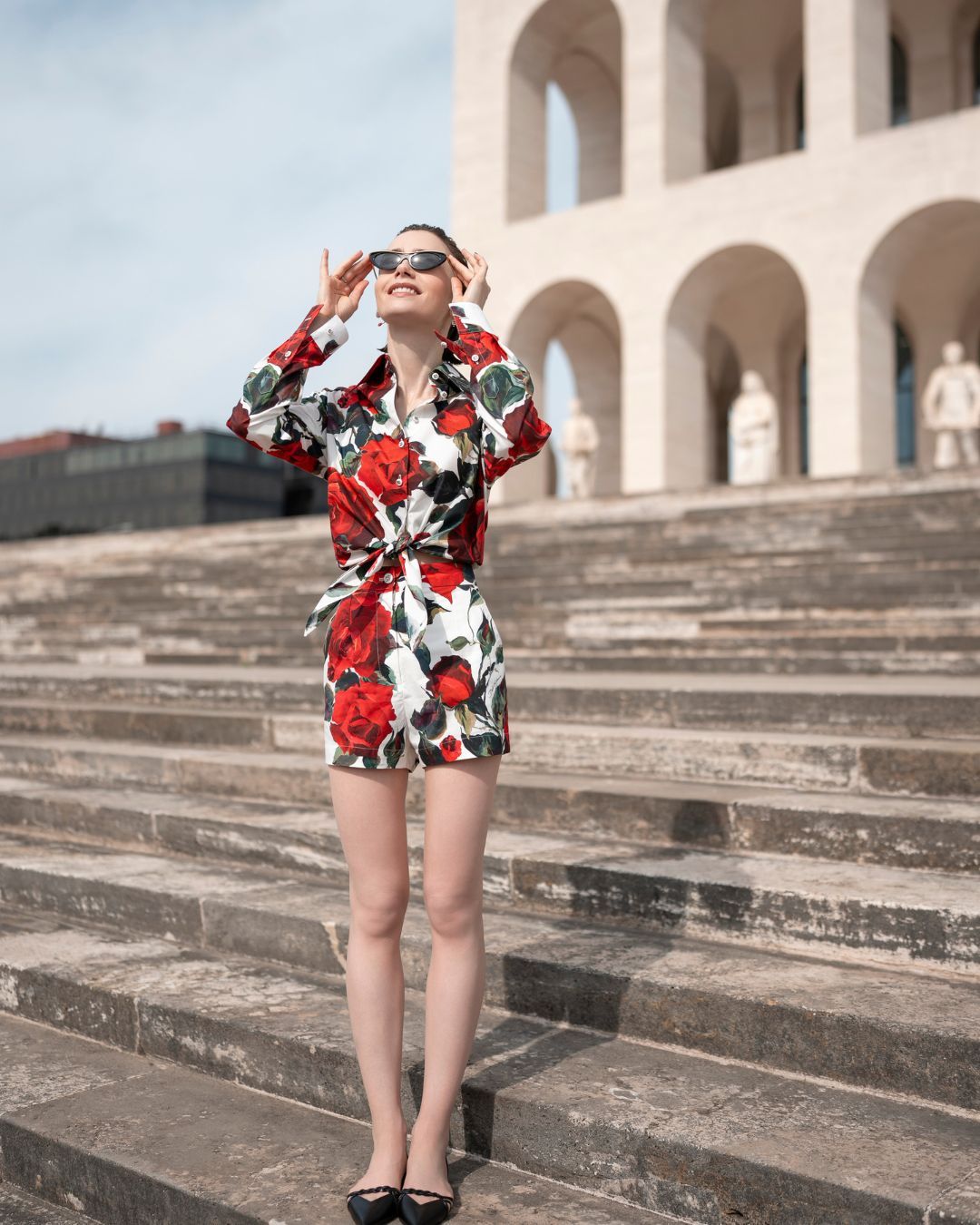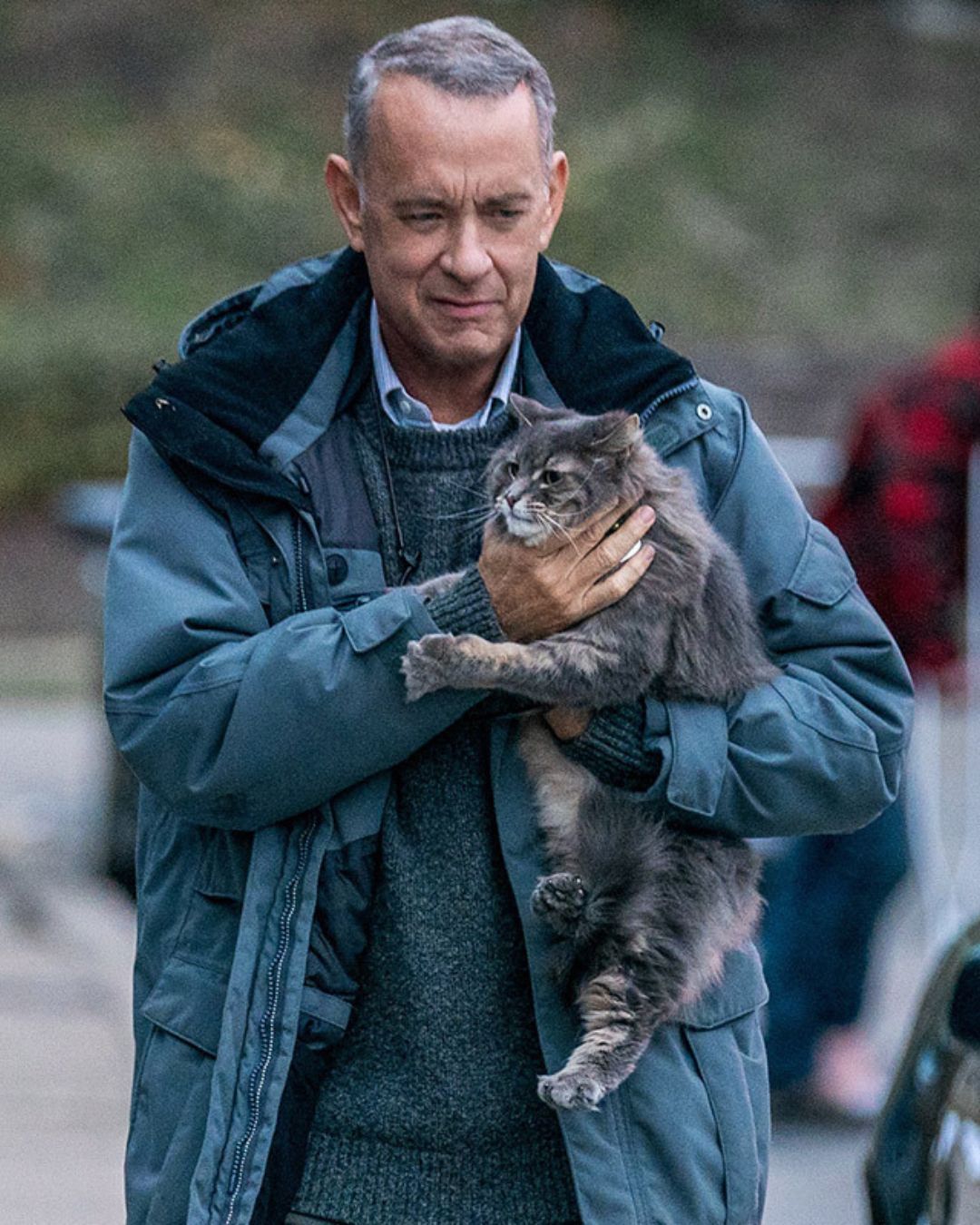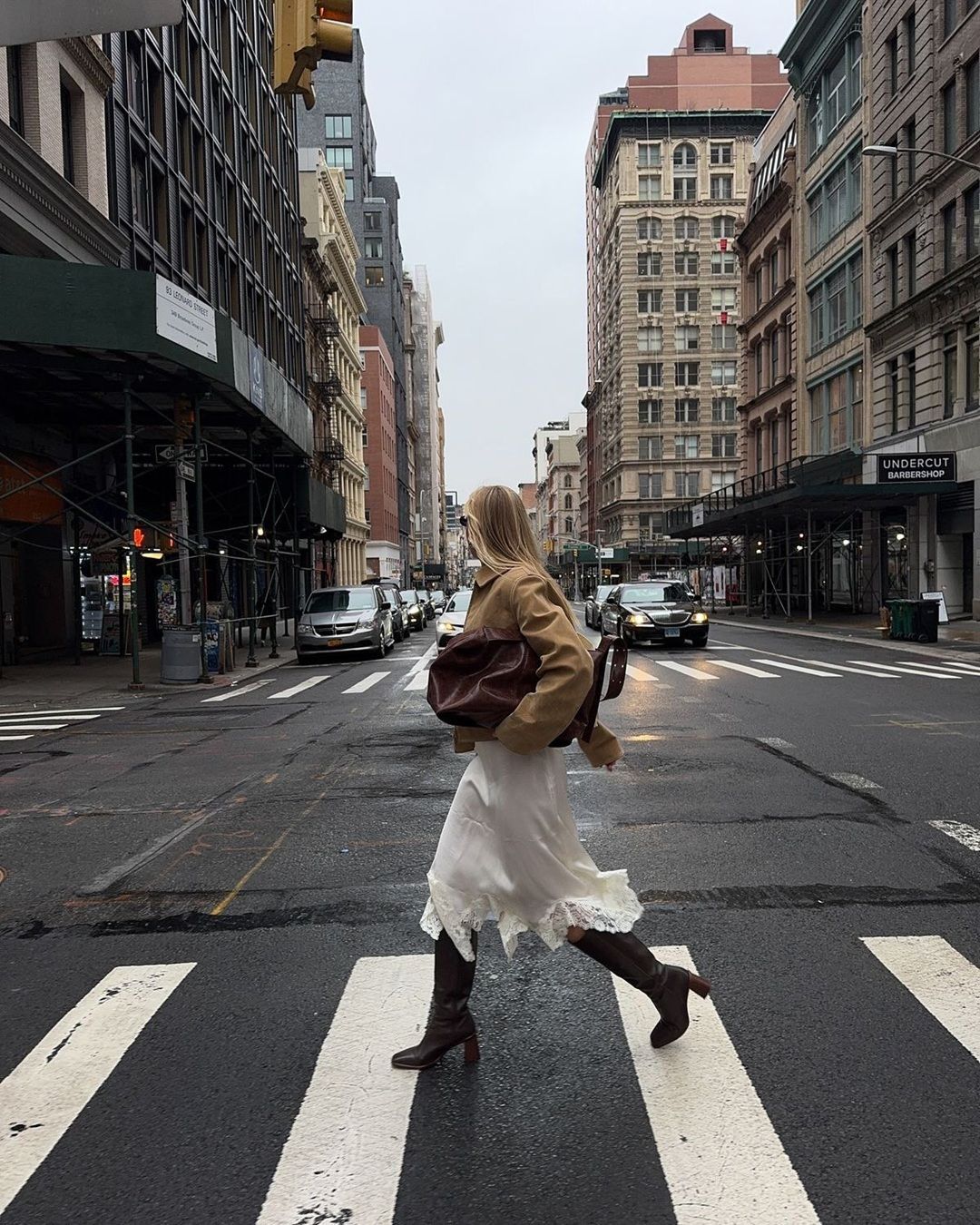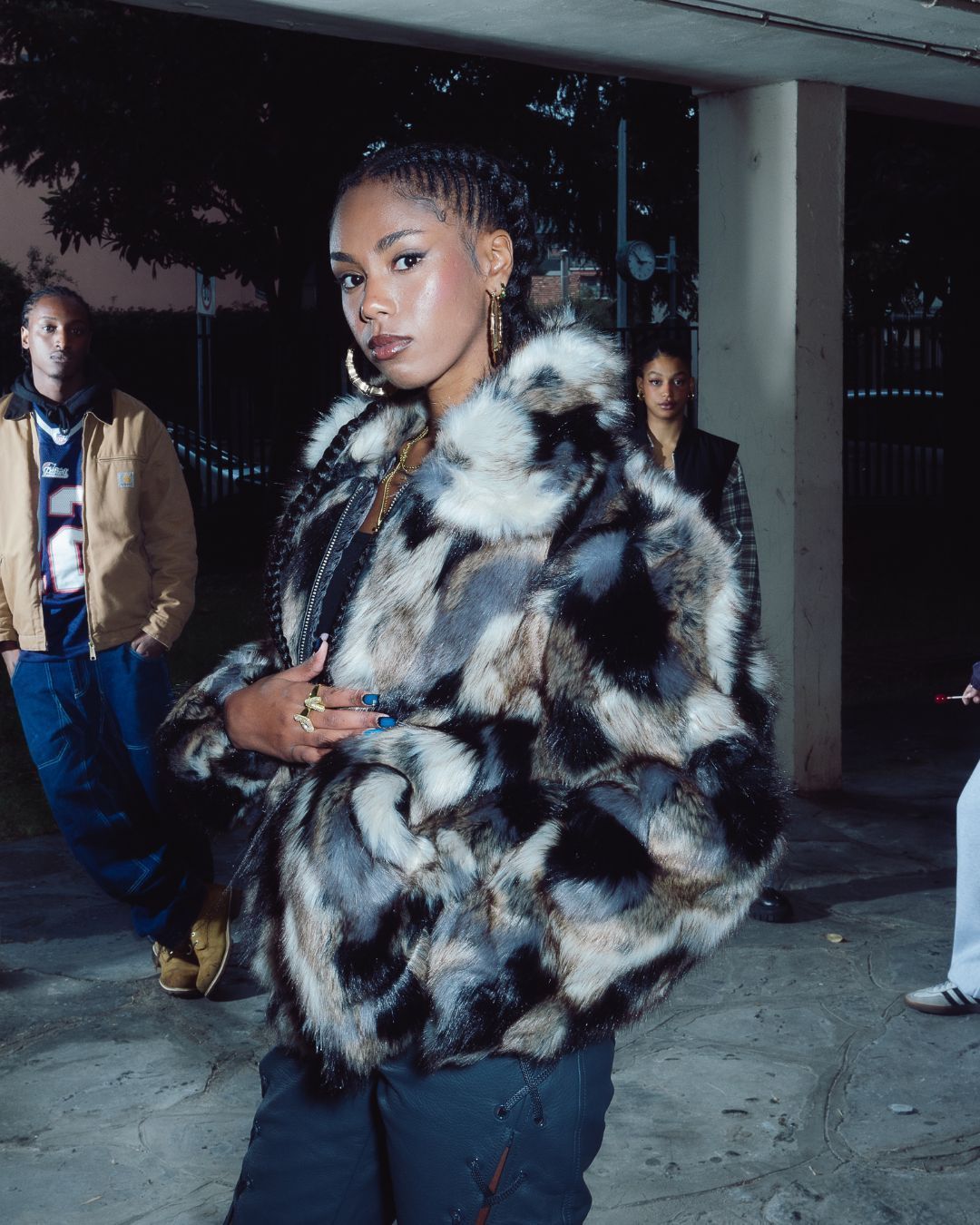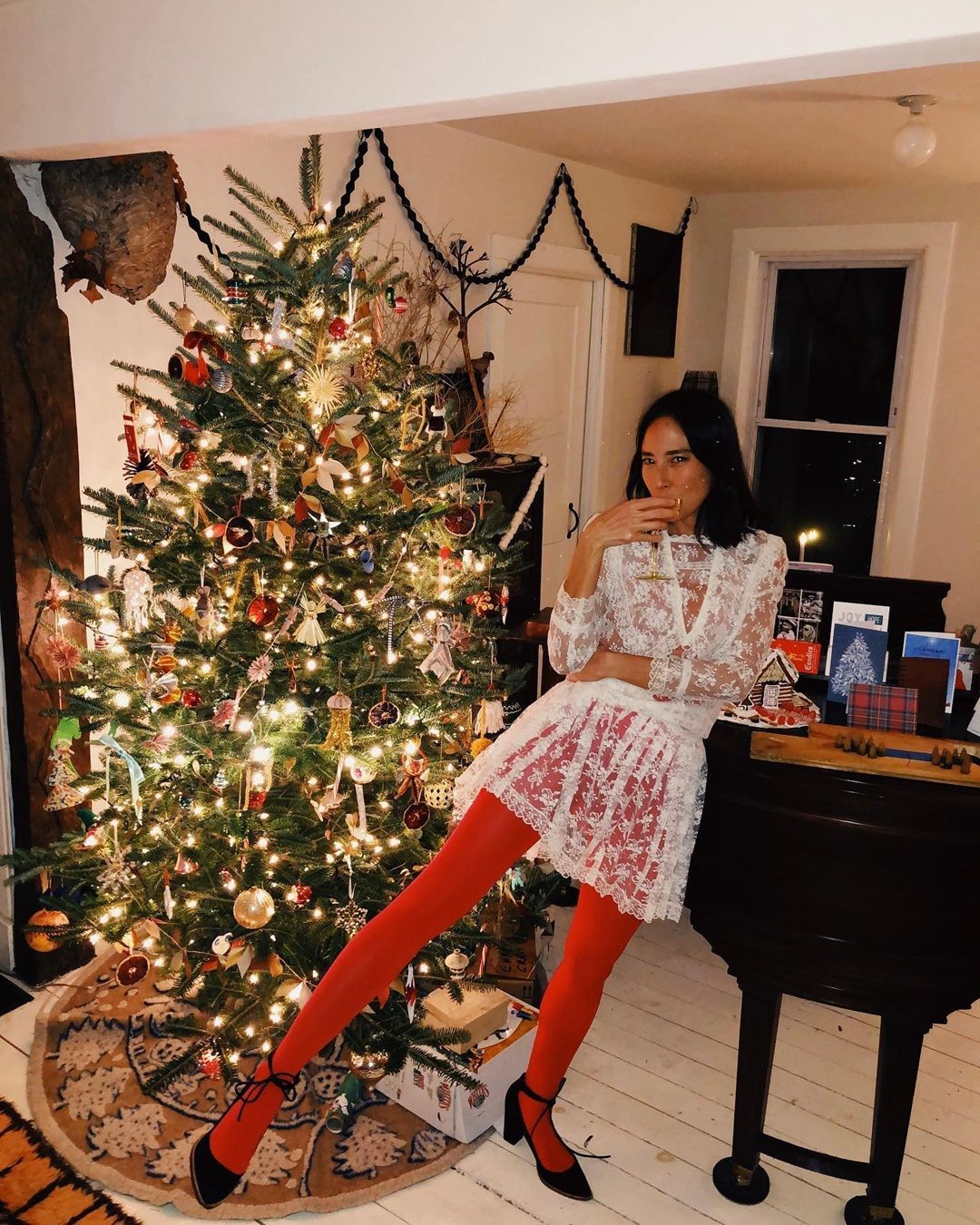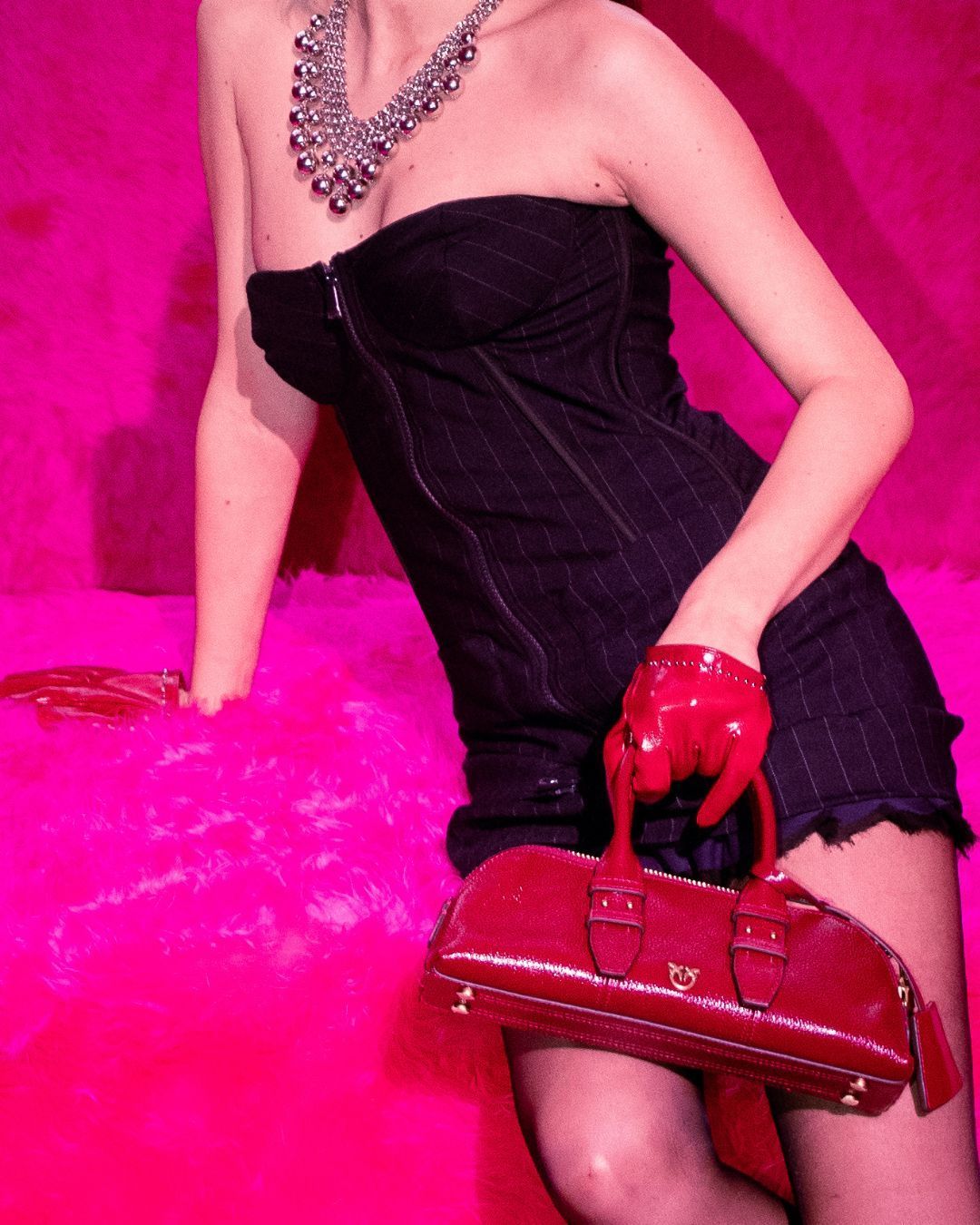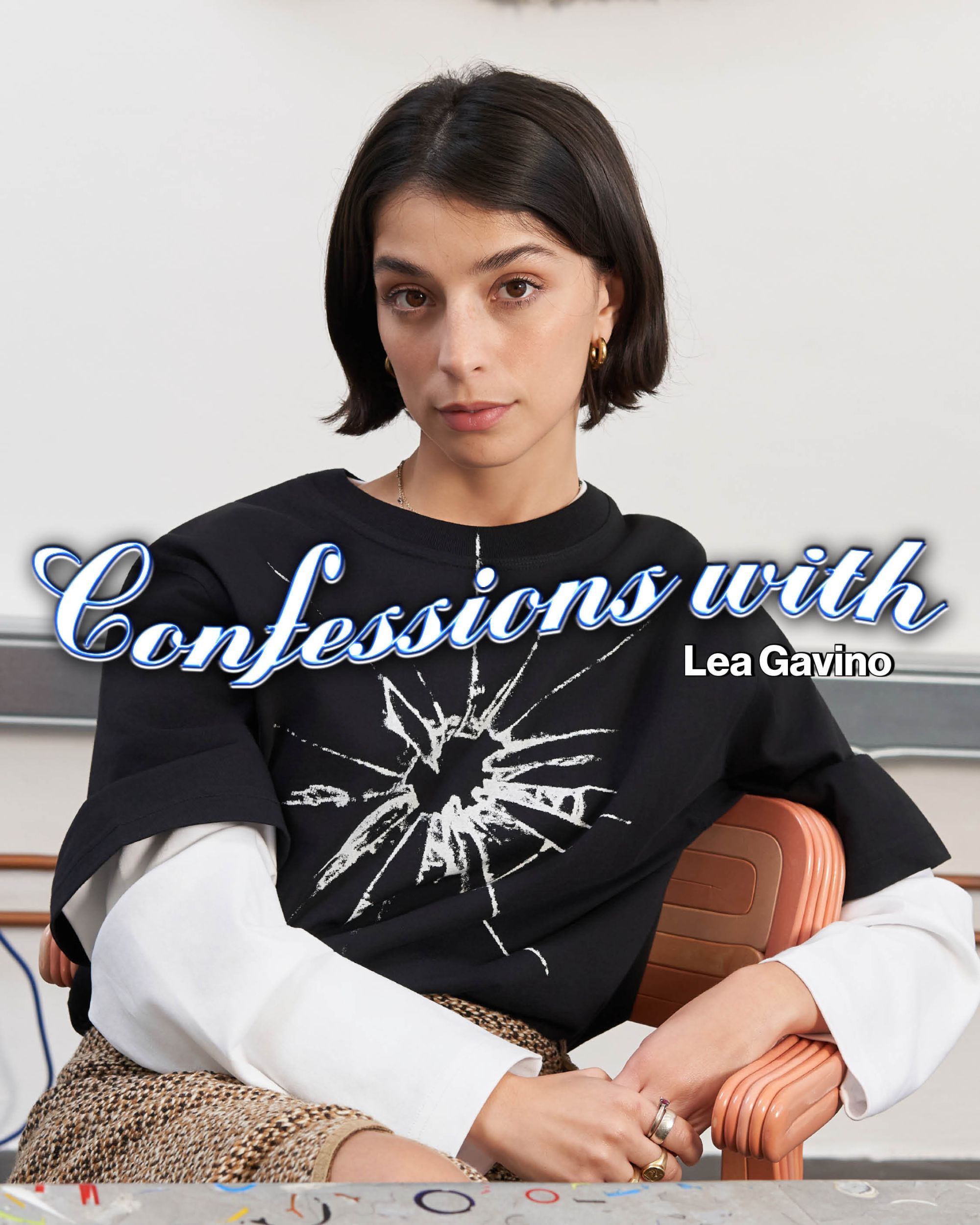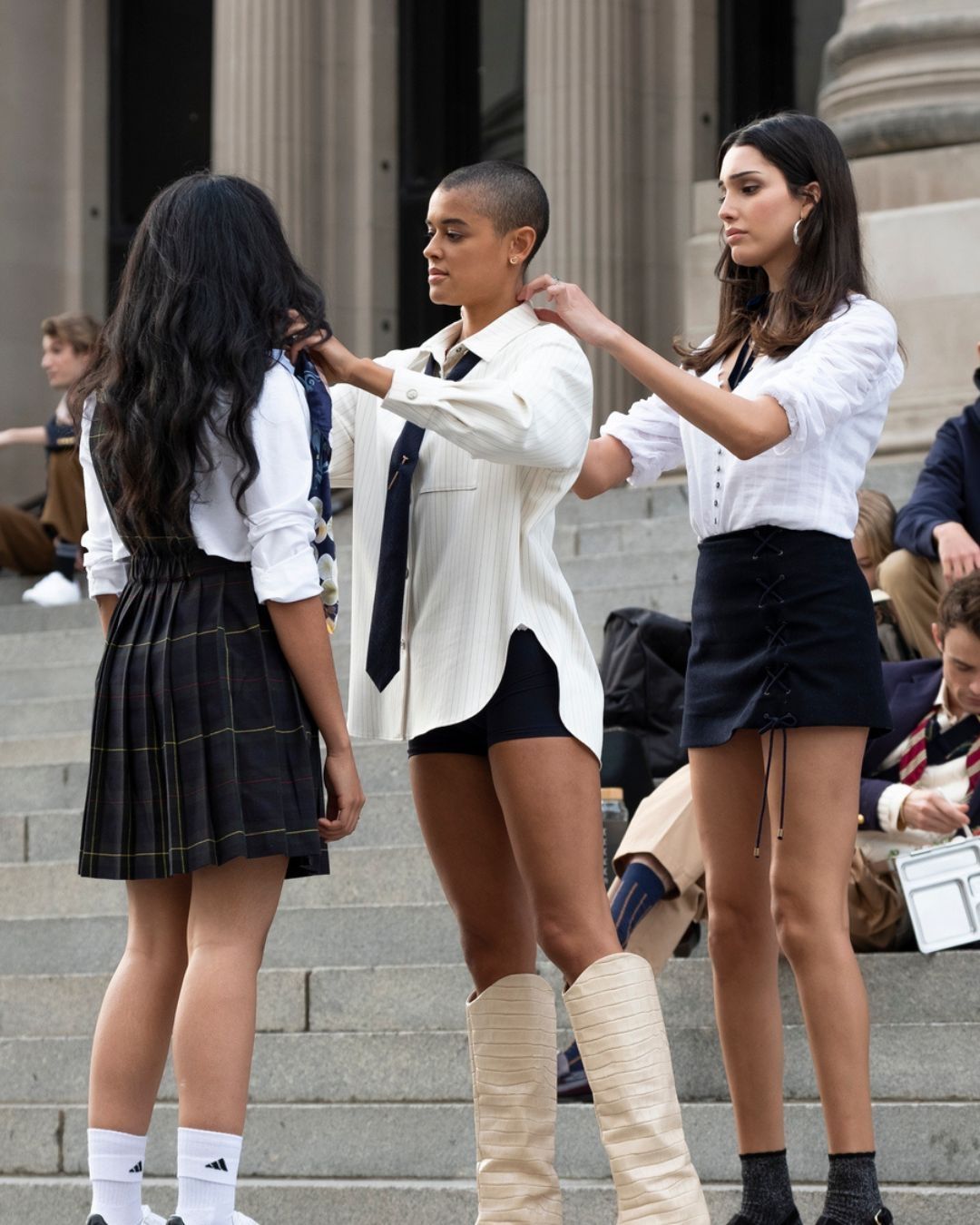
New York: Is the worst moment also the best moment? Tips on a city full of contrasts, even more so in 2025
New York is the city of all TV series loved by Millennials, Gen Z, and even some Gen Xers. It's the home of the Martini, takeout Chinese food, the subway that never stops, and Central Park. But let’s look beyond appearances. For someone coming from Rome, rats, dirt, and a certain human variety are nothing new. And yet, on the days when the world was holding its breath over the bombing in Iran, I found myself once again walking through the avenues of Manhattan (and beyond). The setting was disorienting: on one side, geopolitical tension; on the other, packed brunch spots, shop windows, and crowded parks. A mix of contrasts that only this city seems capable of holding together.
What is New York like for women today? Safety in the Big Apple in 2025
Between compliments and criticisms, one question kept coming up strongly: do people socialized as women actually feel safe here? I asked myself this repeatedly. Is it safe to go home alone at night? There's one clear advantage: the subway runs 24/7 and covers virtually the entire city. A rarity: in Rome, it shuts down before midnight (sometimes even earlier). In New York, however, you can leave a dinner in Brooklyn late and get back to Queens or the Bronx without relying on a taxi. But availability doesn’t automatically mean livability.
According to a 2022 survey by the New York City Department of Transportation, 60% of women reported feeling unsafe when traveling by subway at night, compared to 16% of men. That’s a telling gap. Many describe switching train cars if they feel watched, avoiding empty carriages, or waiting for crowded trains even if it means getting home late. The issue isn’t just perceived. According to the Women’s Foundation of New York, in 2023 35% of women reported experiencing verbal harassment on public transportation. In this context, "tech" solutions like bike sharing or ride-sharing apps for women remain helpful but non-structural tools.
The bright sides of New York and places to visit
In Rome, danger is often perceived as inevitable. In New York, there seems to be a bit more possibility. Even in the city that never sleeps, being a woman still means calculating, anticipating, preventing. For people socialized as women and those in the LGBTQIAPK+ community, life is never truly simple. But there’s at least one positive note in this globally shared issue of safety. Here, people seem to feel free to dress and experiment without judgment. In ten days, I witnessed very few cases of catcalling, and saw girls taking the subway in swimsuits, something I’d never do in Rome. So yes, there are positive notes. Like public and hidden places worth visiting. The concrete experience of living the city. And to leave you on a high note, here are five spots that struck me and that, each in their own way, say something about New York today.
Breeze - Greenpoint, Brooklyn
Owned by David Yang, Louie He, and Colin Guo, Breeze is a young and ambitious project born from three Chinese guys wanting to recreate the flavors of their childhood. It’s not just a restaurant: it’s a space where Asian cuisine meets Chinese tea-inspired cocktails, in a relaxed, welcoming environment. The result is something that would be hard to replicate in Italy: an authentic blend of family tradition, pop culture, and a desire to experiment. Greenpoint is the right neighborhood to host such energy: constantly evolving, multicultural, young but not manufactured.
Dilly Dally - Brooklyn
This small Brooklyn spot reminded me of the Garbatella neighborhood in Rome. A simple place, not Instagram-perfect, but with a clear identity and honest food (and some beautiful pins). It’s the kind of place where you have dinner while reading a book, enjoy good food without pretense, and feel part of the neighborhood even if just for half an hour. There’s a genuine vibe here, with a young yet grounded team. No special effects, and that’s exactly why it works.
Caviar Kaspia - Upper East Side
A completely different vibe at Caviar Kaspia, a French restaurant famous for its caviar-based dishes, located on the ground floor of The Mark Hotel in the Upper East Side. This is not about the food per se, but about embracing a specific aesthetic made of velvet, crystal, and jet-set vibes. You’re in the heart of the Upper East Side, just steps from where the Gossip Girl universe was born. Go here if you want to feel like you’re in a movie, at least for one night.
Paloma Bakery - Greenpoint
Breakfasts with French-inspired pastries and American ingredients, on one of the liveliest streets in Greenpoint. Paloma Bakery perfectly reflects the neighborhood’s evolving identity: a visible Polish past increasingly accompanied by young creatives, hybrid spaces, families with strollers and laptops. Here, coffee isn’t just a break, it’s a sociological study of urban change. And the pastries are excellent.
Messy - Soho
Messy is one of Soho’s many new openings, but it manages to stand out. Not for its decor, simple and functional, but for its food offering: fresh, affordable, with great vegetarian options. In a notoriously expensive neighborhood, it’s a great find for those who want good food without feeling on display. That too is a sign of the times: less status, more substance.
Where to stay in New York
Options were limited. To save money, I initially considered Newark, New Jersey, but ultimately decided to stay in Manhattan, choosing two hotels from the same chain: the Moxy in the Lower East Side and later the one in Chelsea, to experience a different area. Both are well connected to the subway and located in vibrant neighborhoods full of bars, lights, and people. For solo travelers, that makes a big difference. Practical note: at Moxy hotels, water and coffee are free in the lobby. That may sound minor, but in a city where a small bottle can cost $5, it really isn’t. And then there are the rooftops. The one at Moxy Lower East Side, in particular, offers a stunning view and a relaxed vibe, no postcard-style clubbing involved.
New York is never neutral. It pushes you to think, observe more closely, make comparisons. It’s a city that welcomes and rejects at the same time. And perhaps it’s precisely in this unstable balance between dream and reality, between opportunity and contradiction, that its true nature lies.


